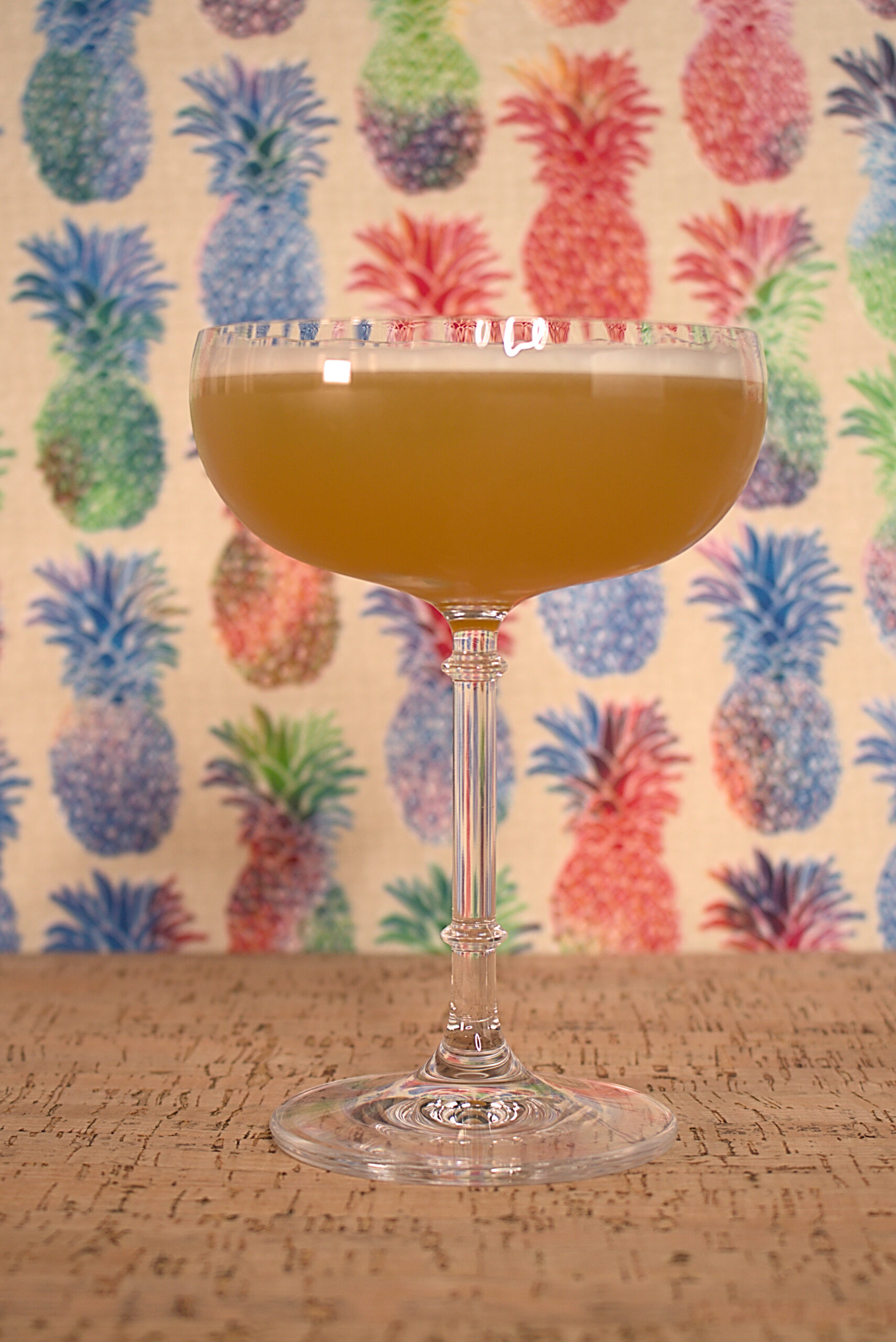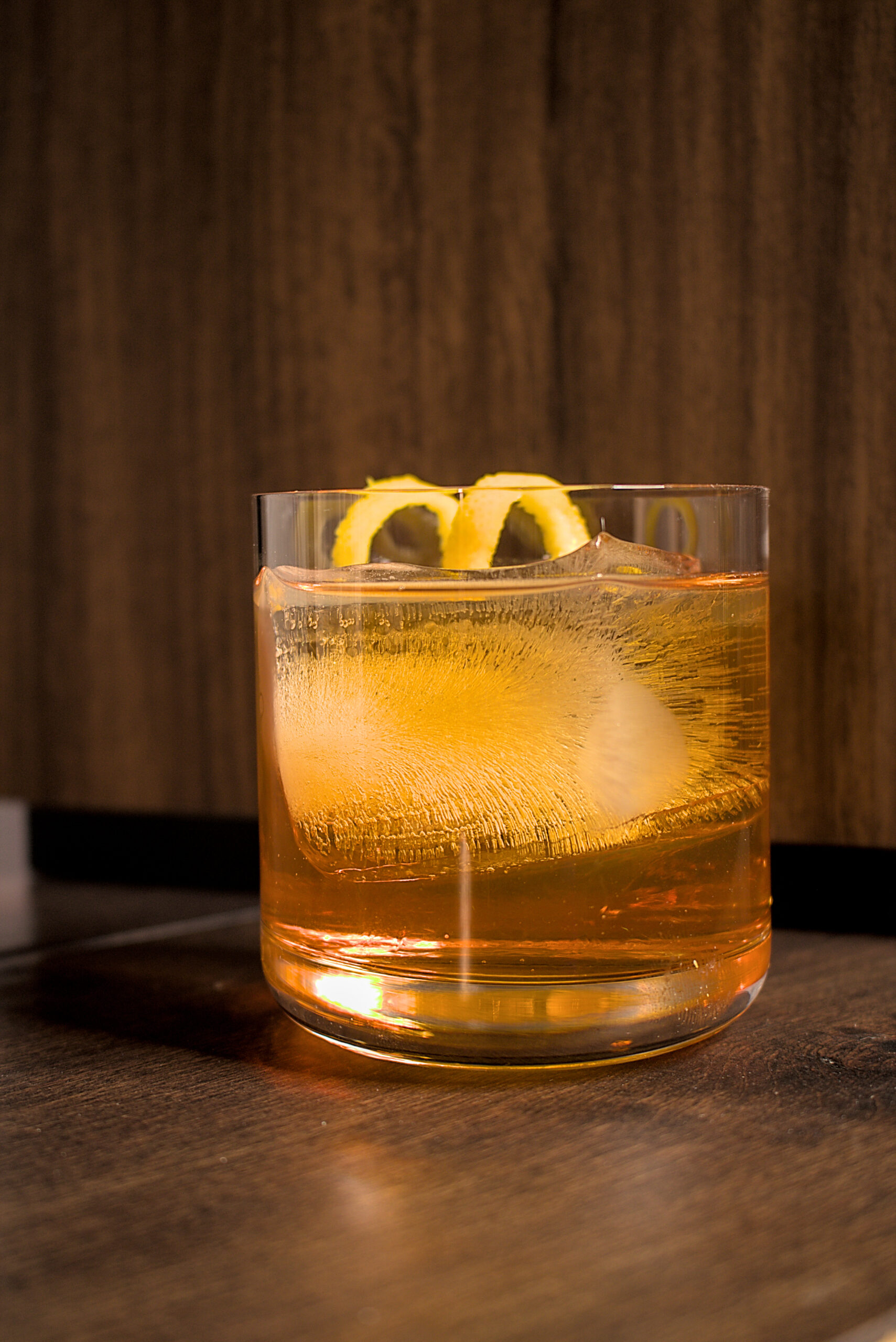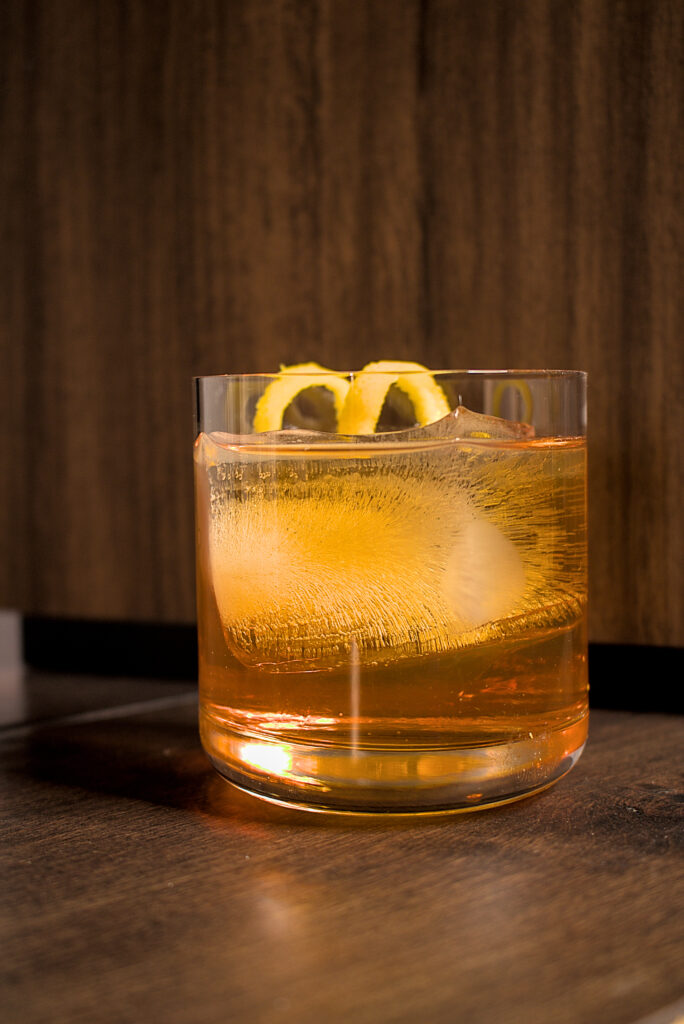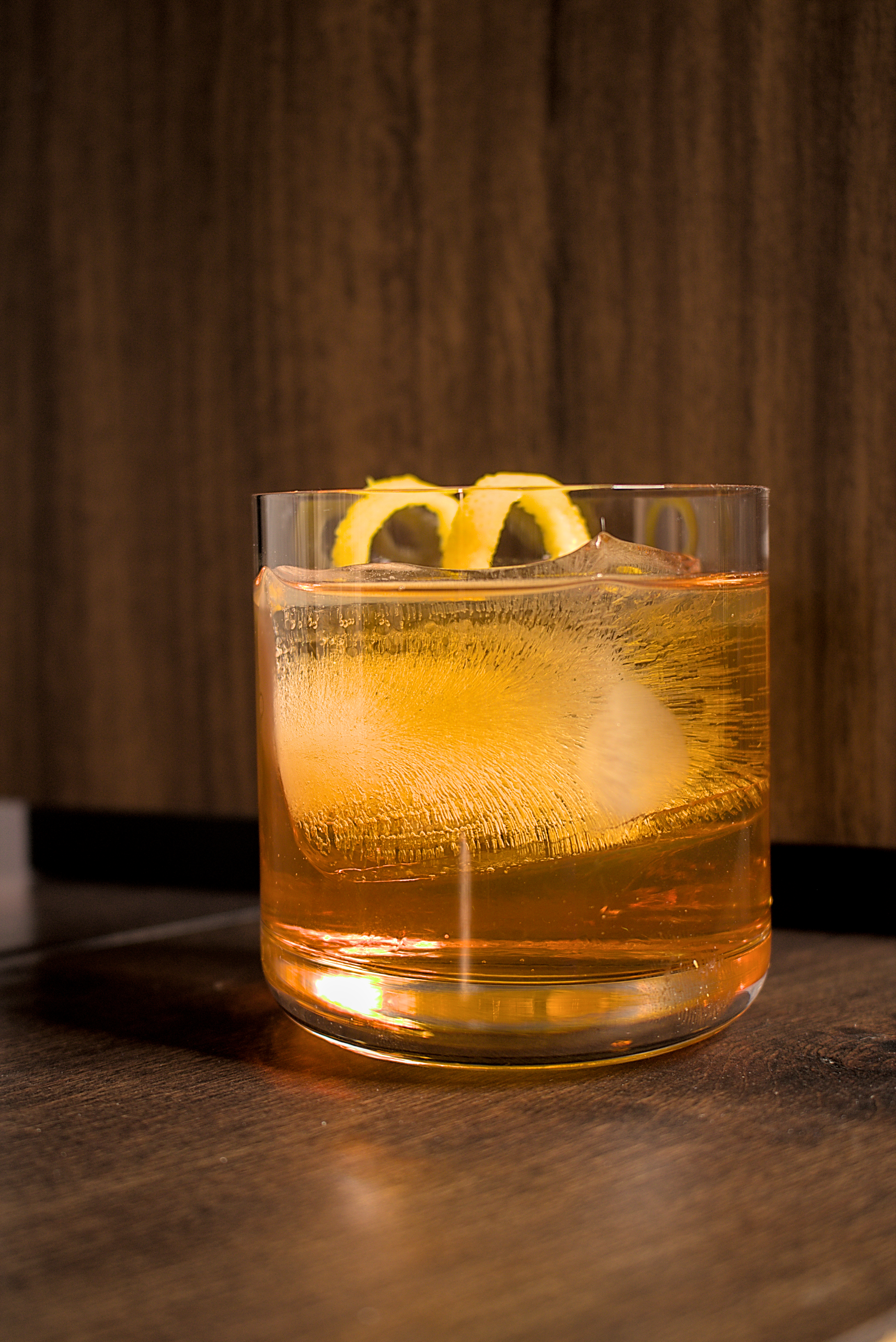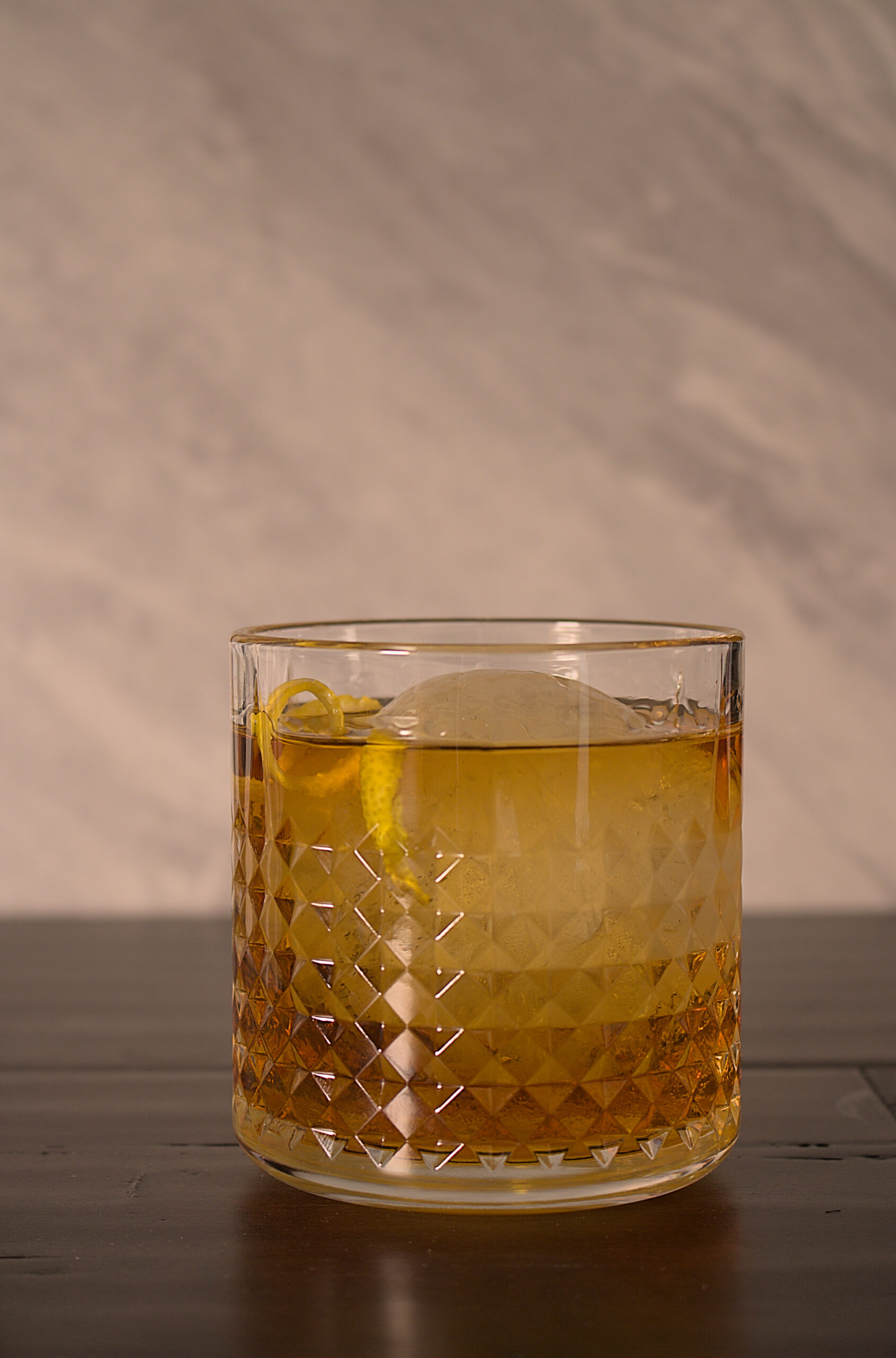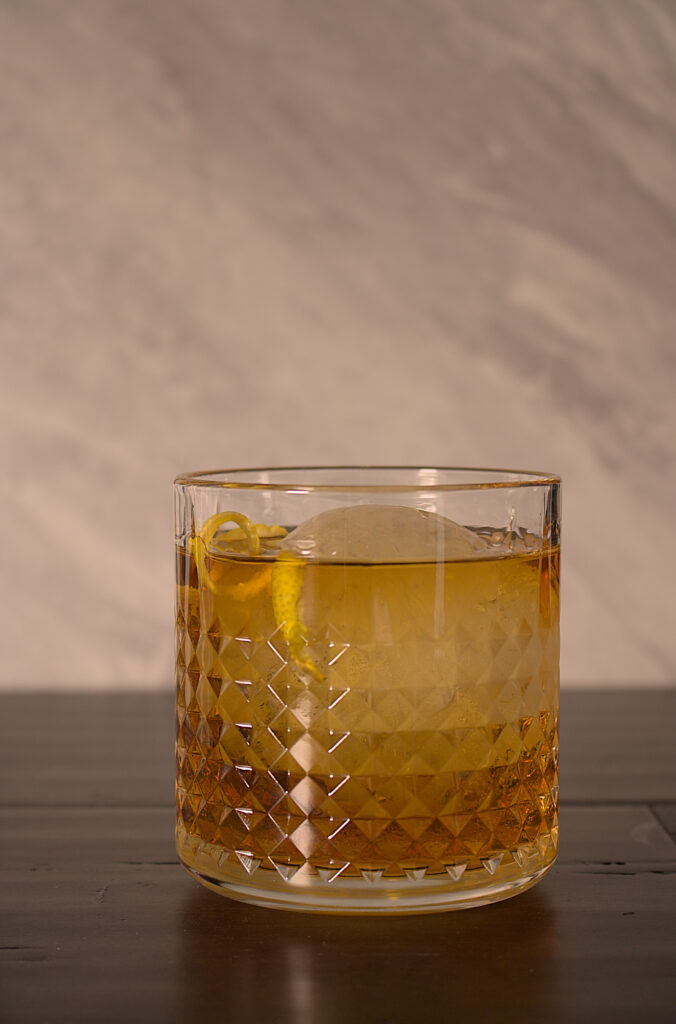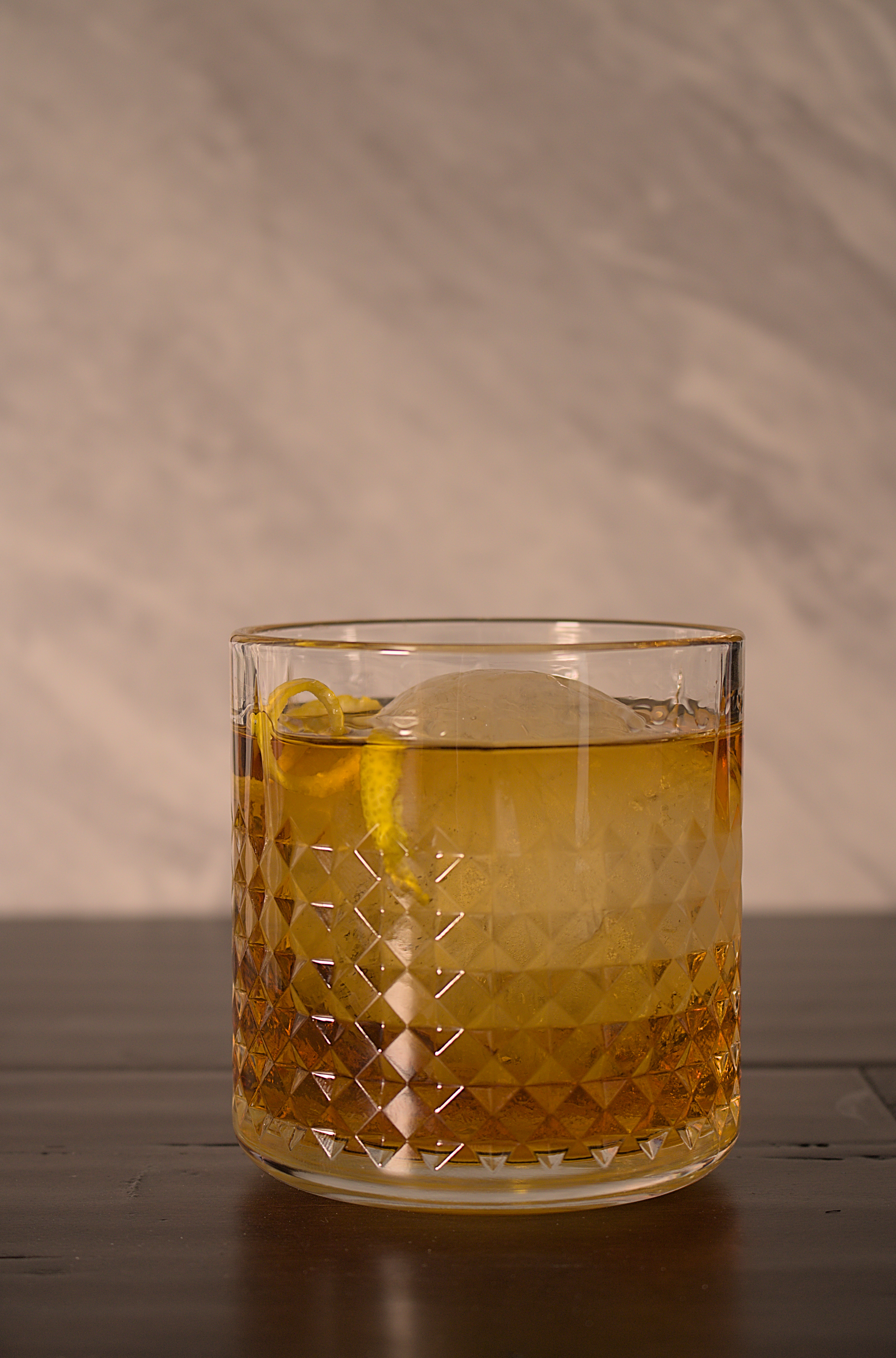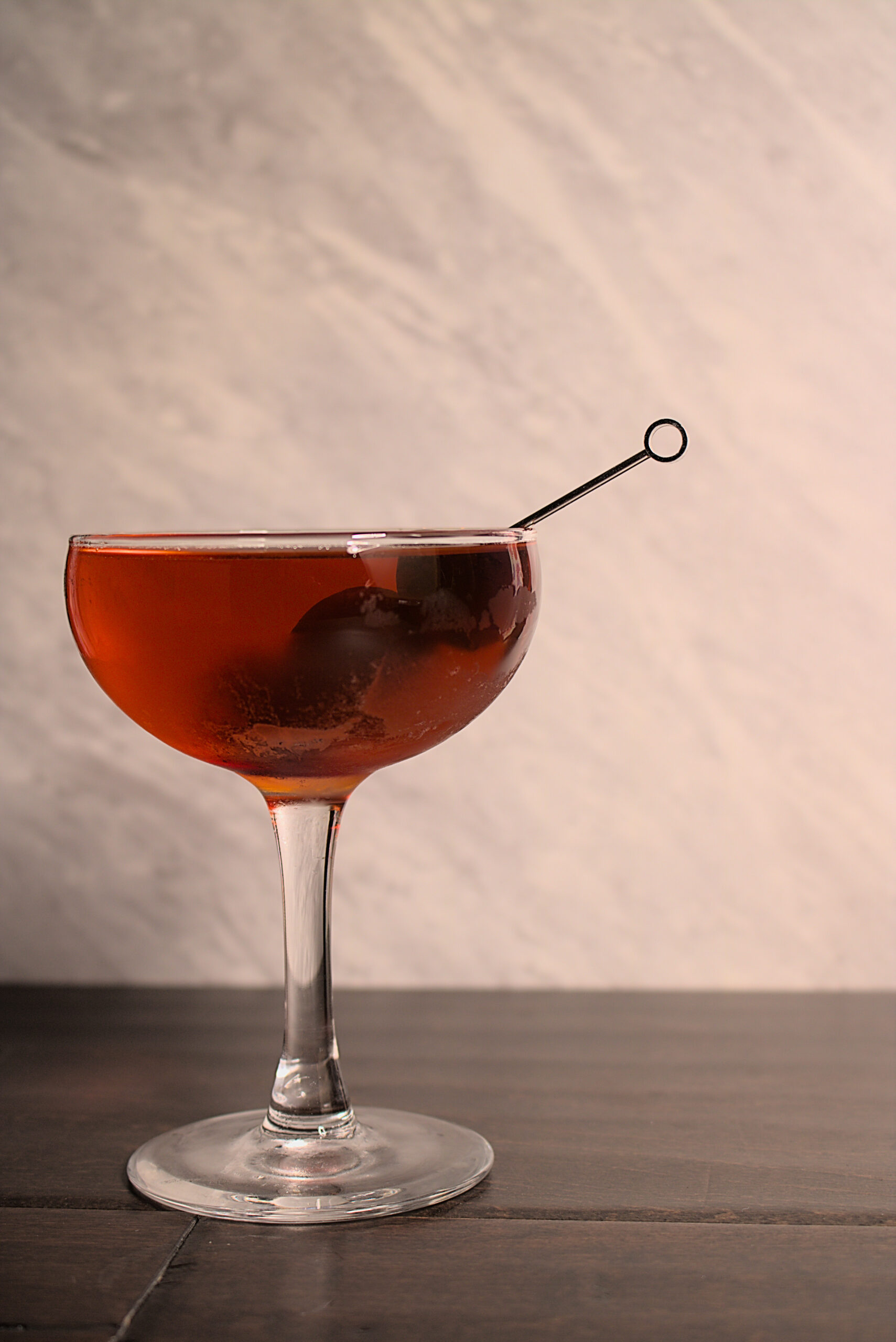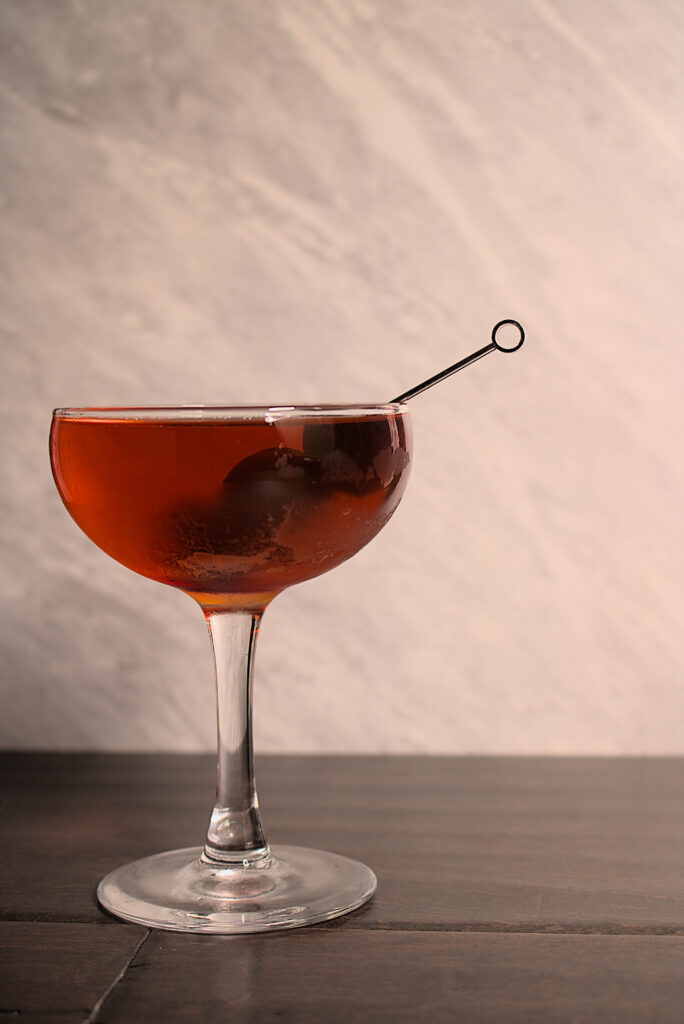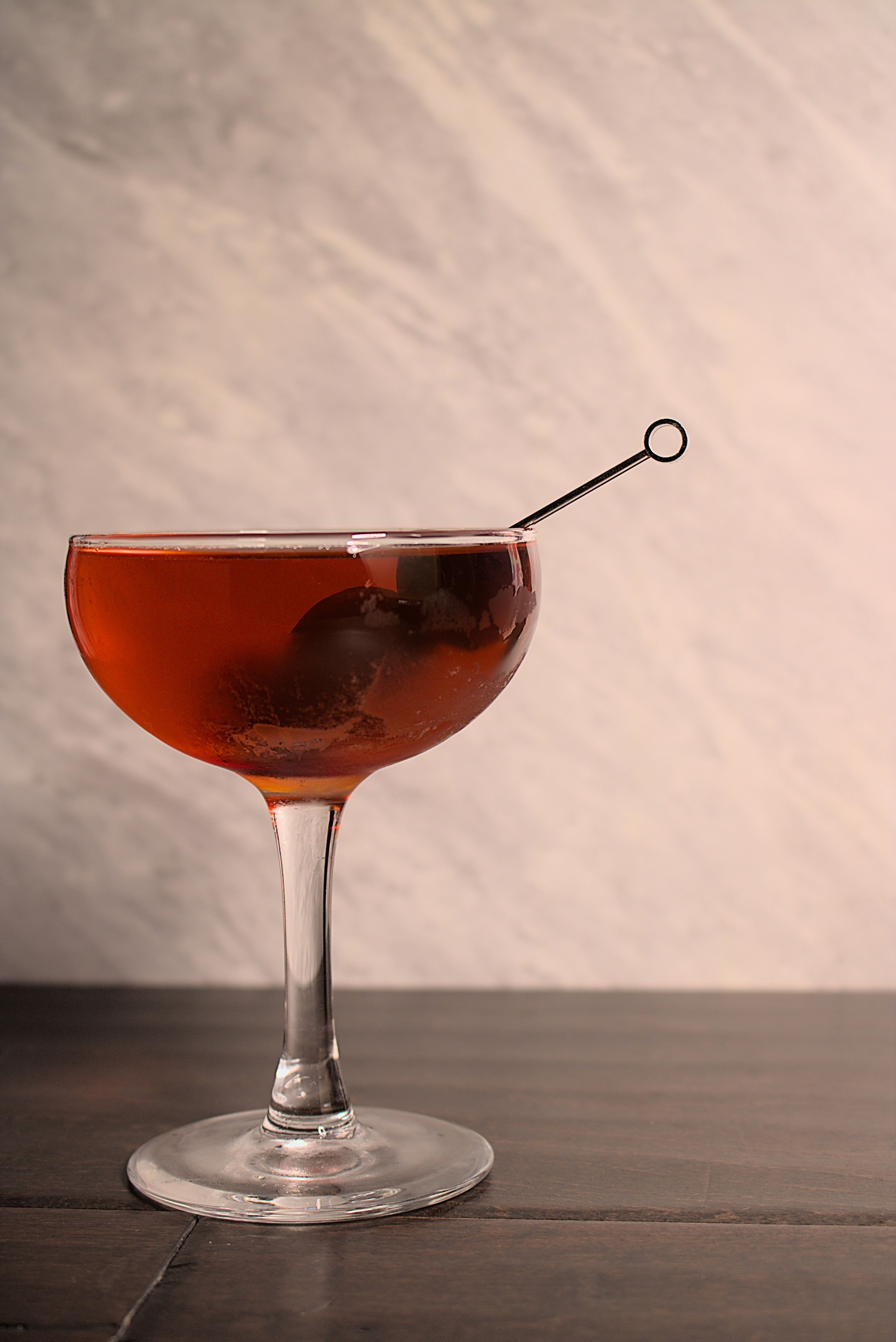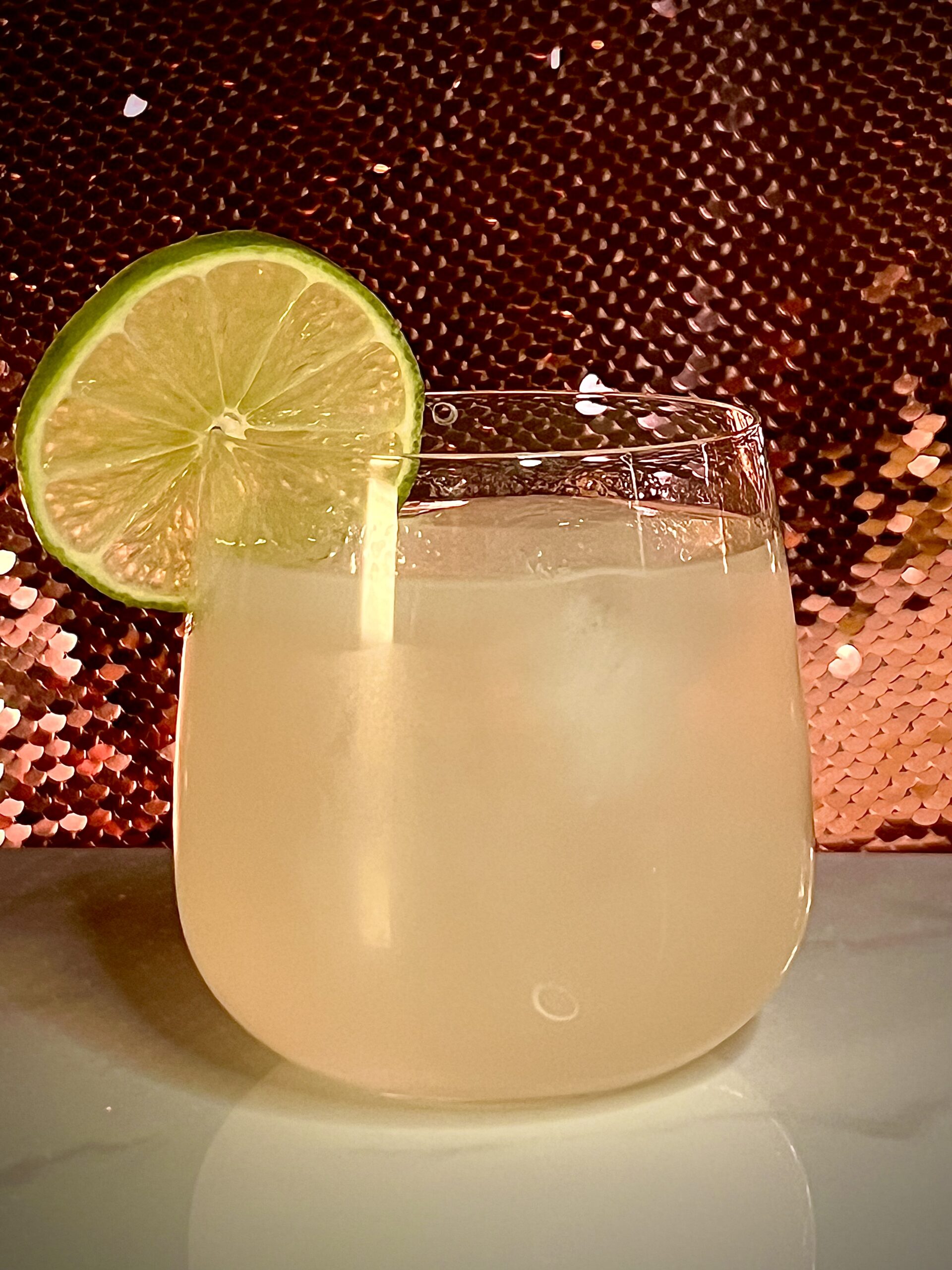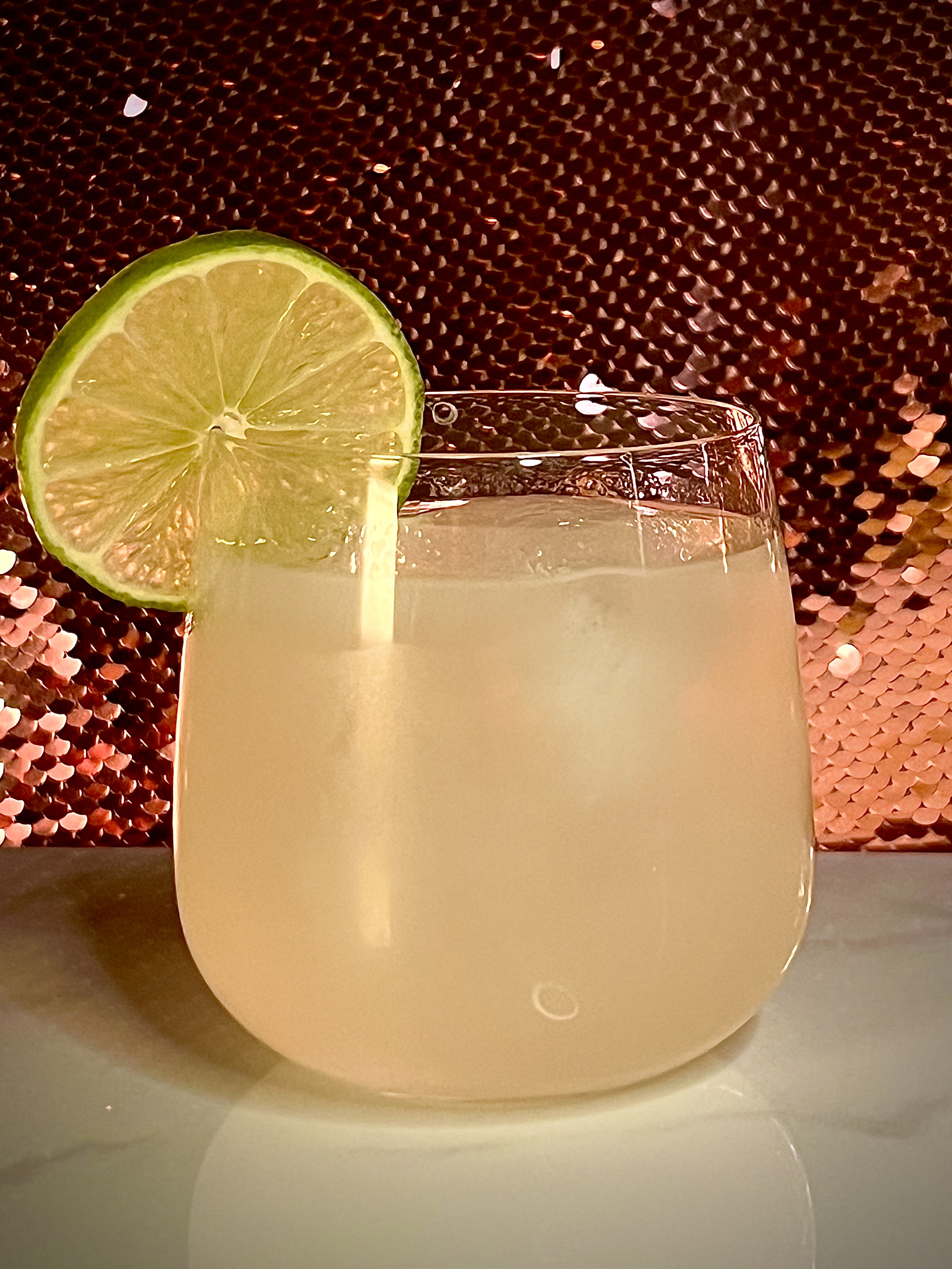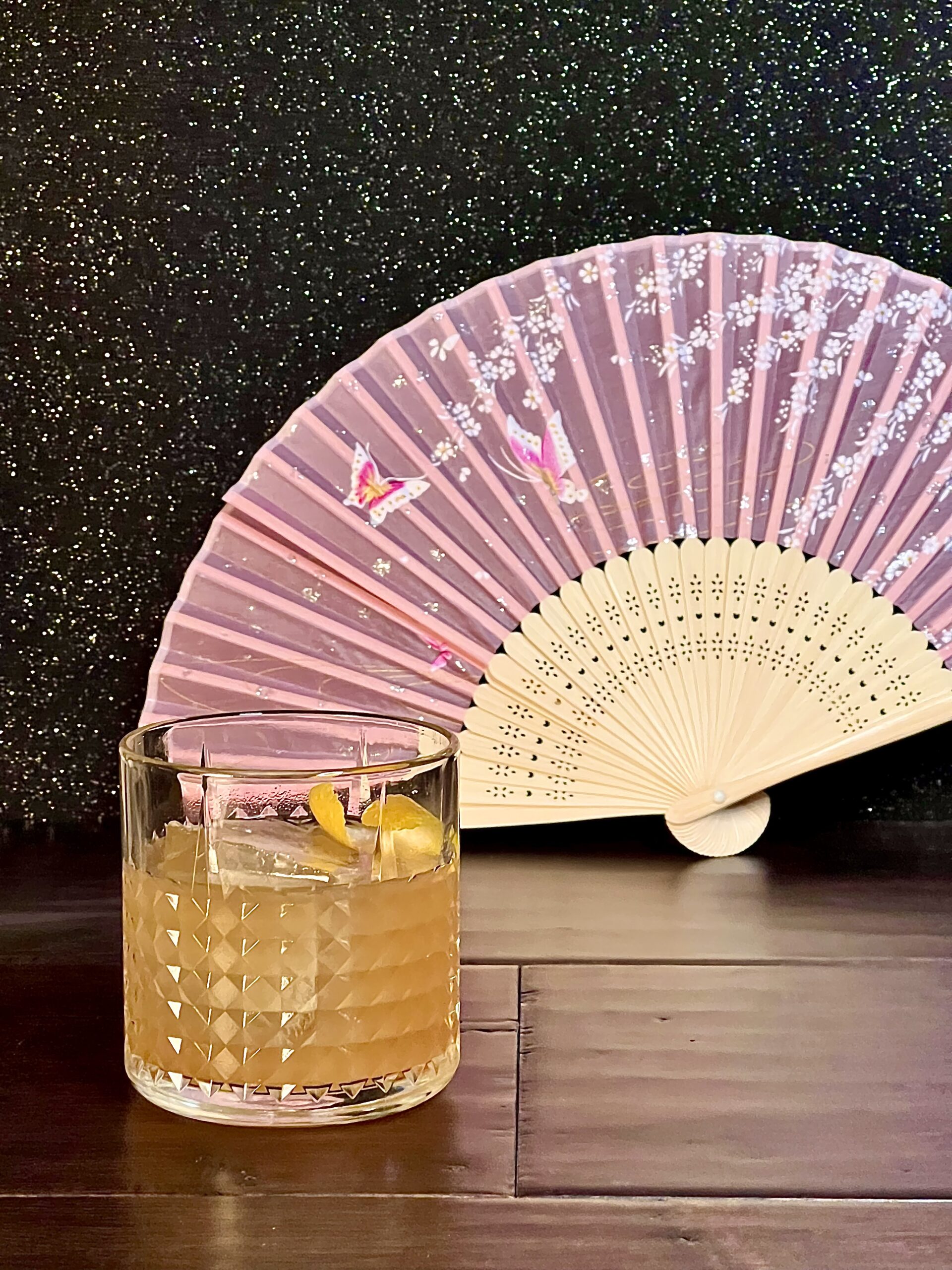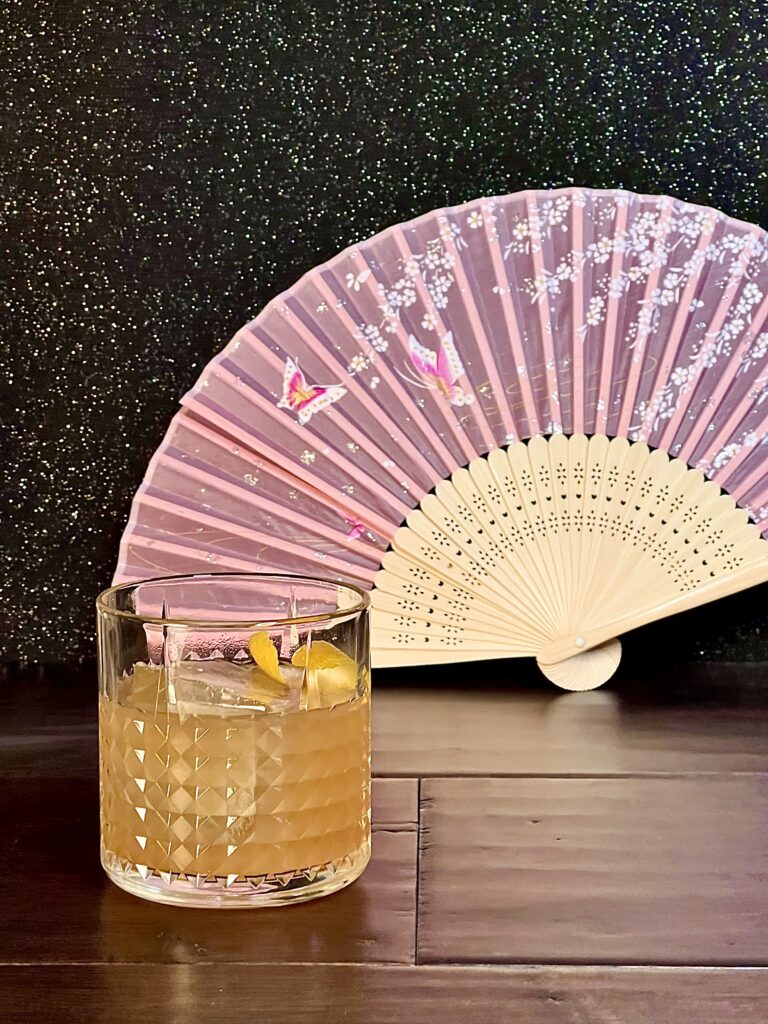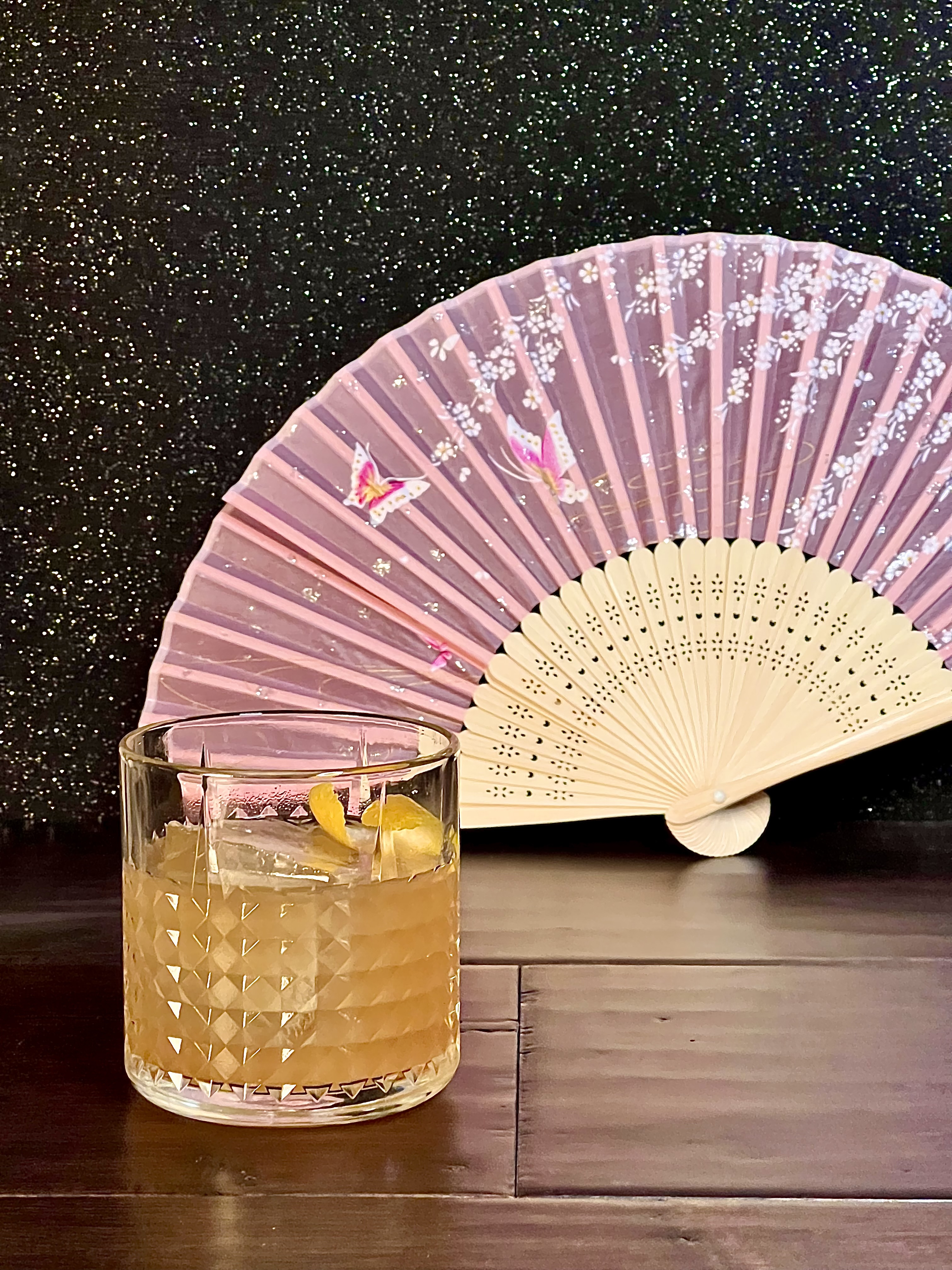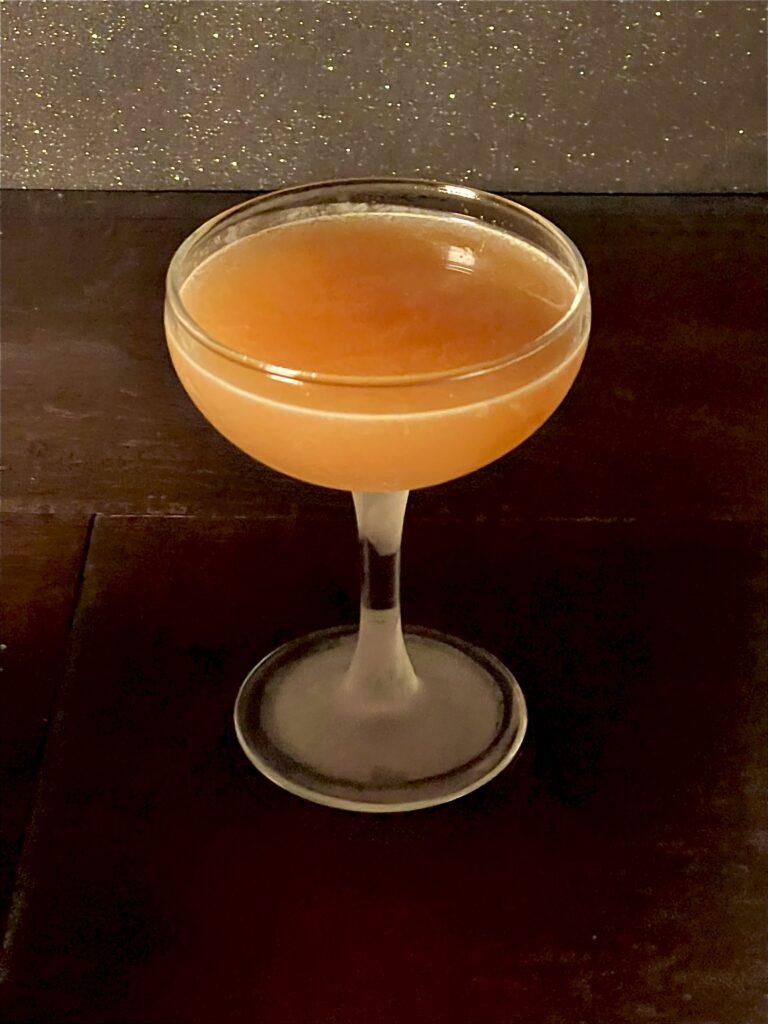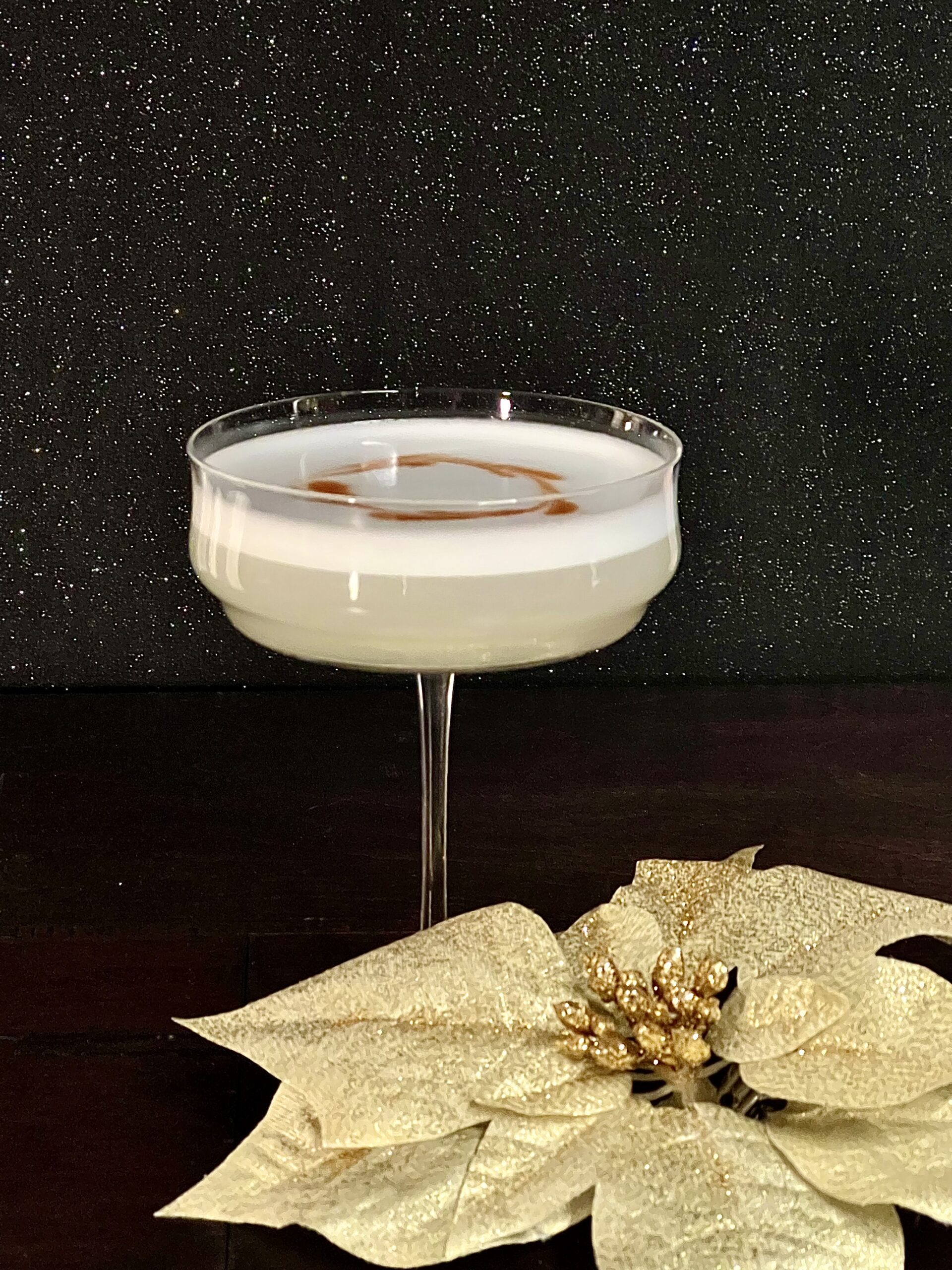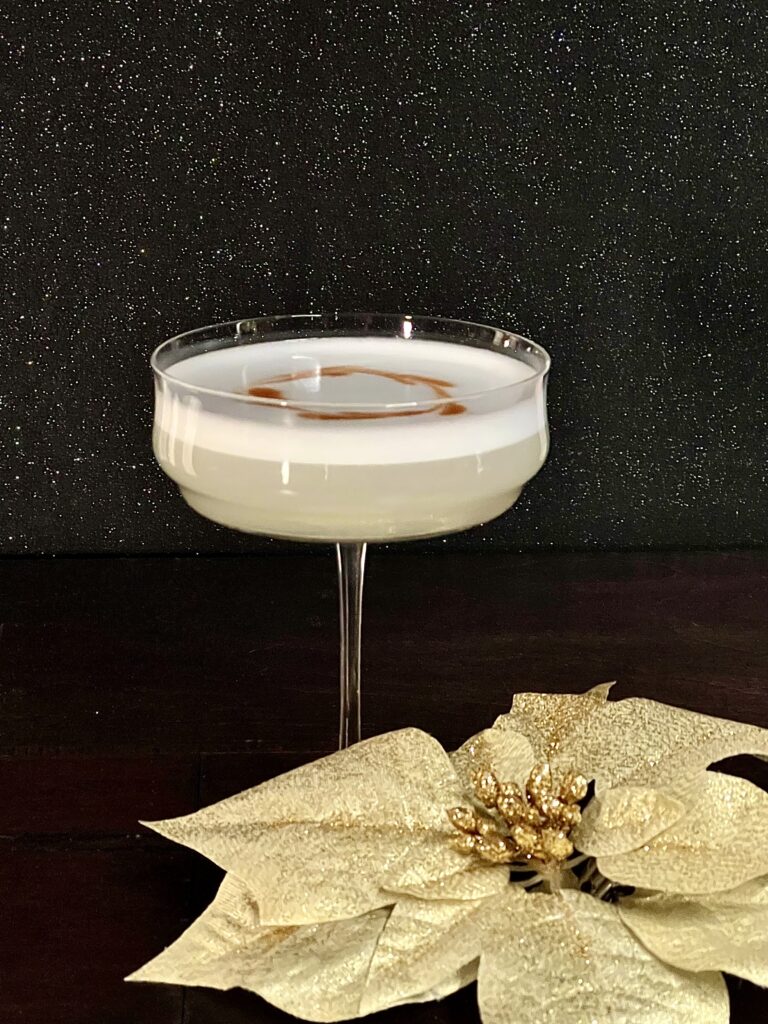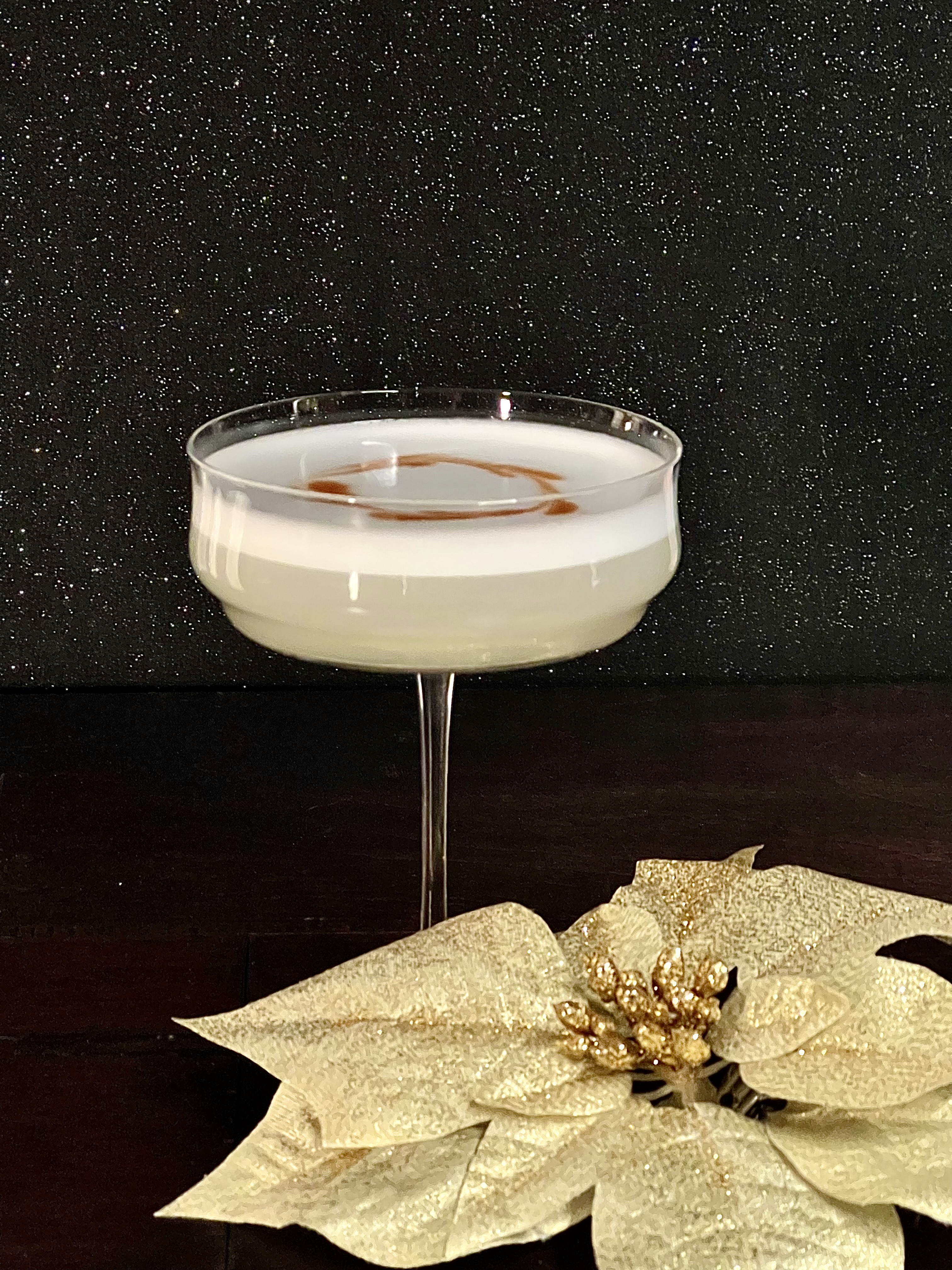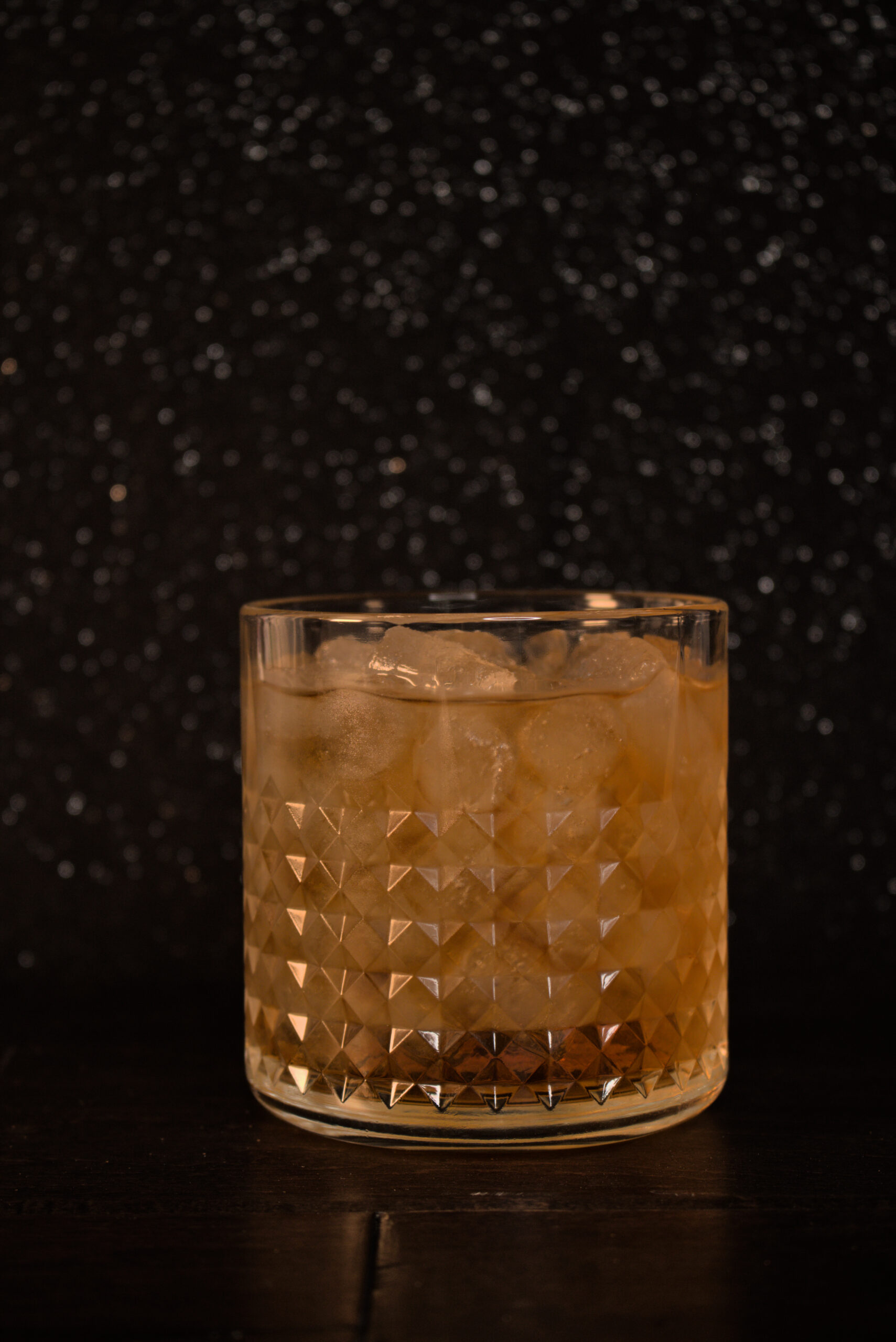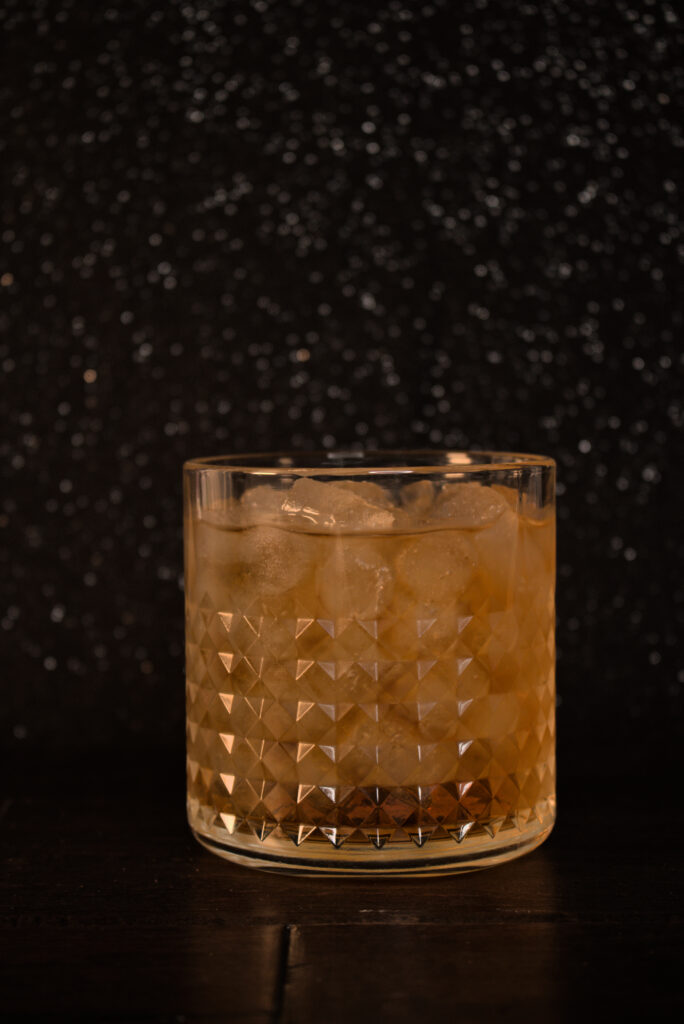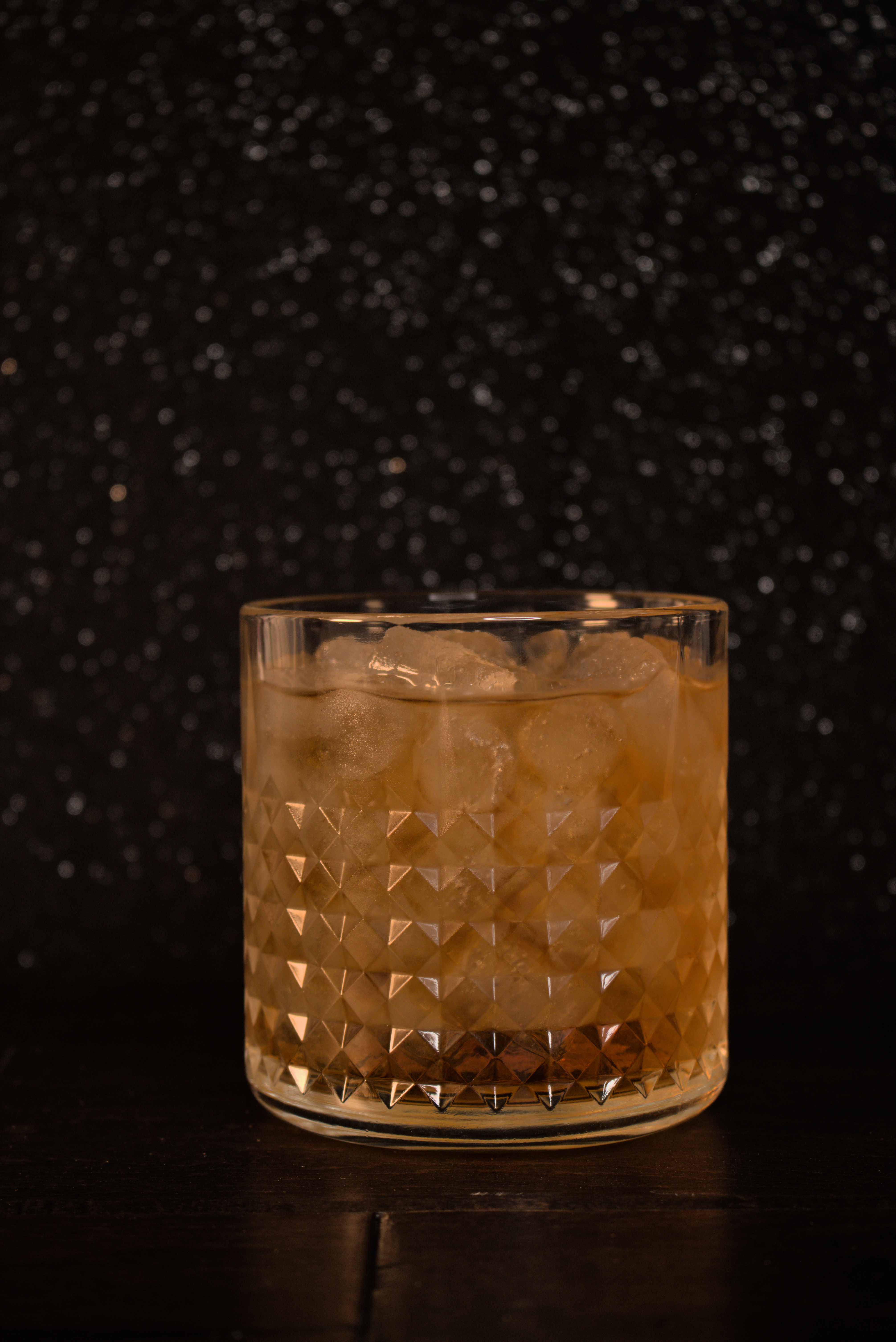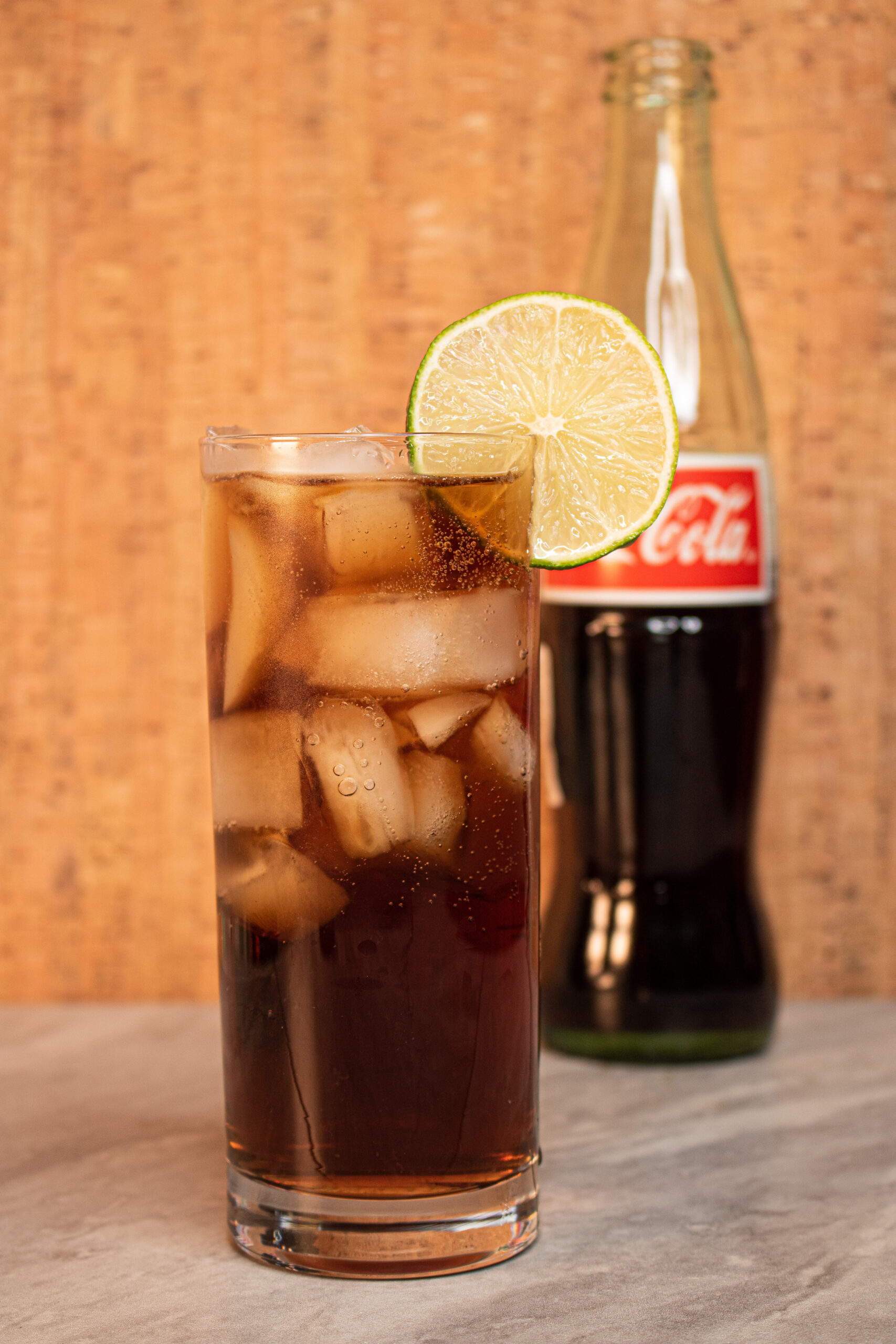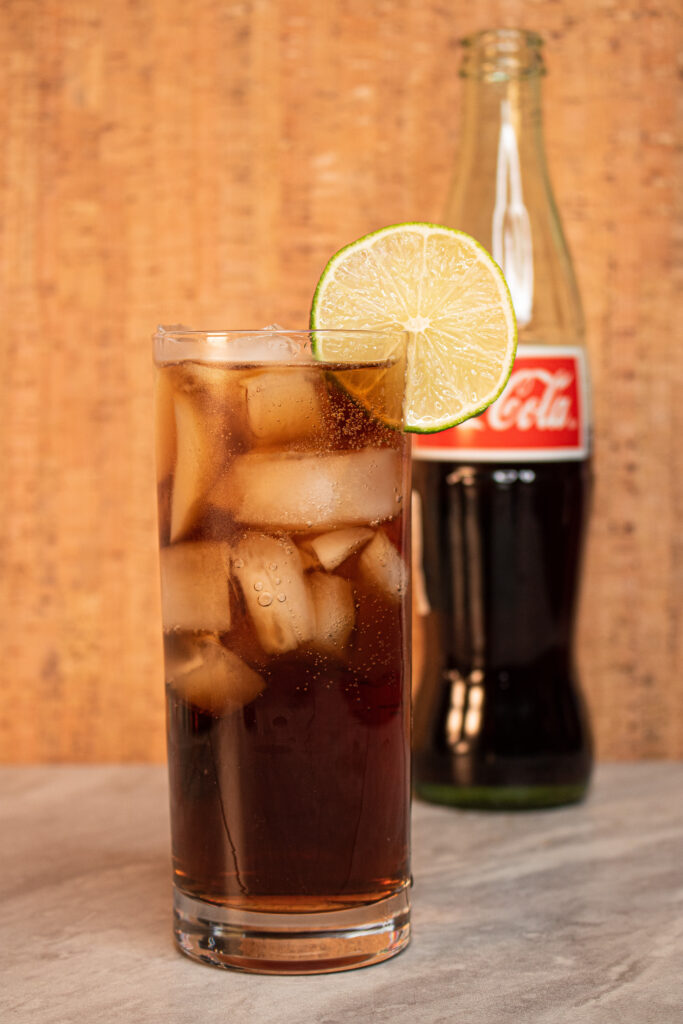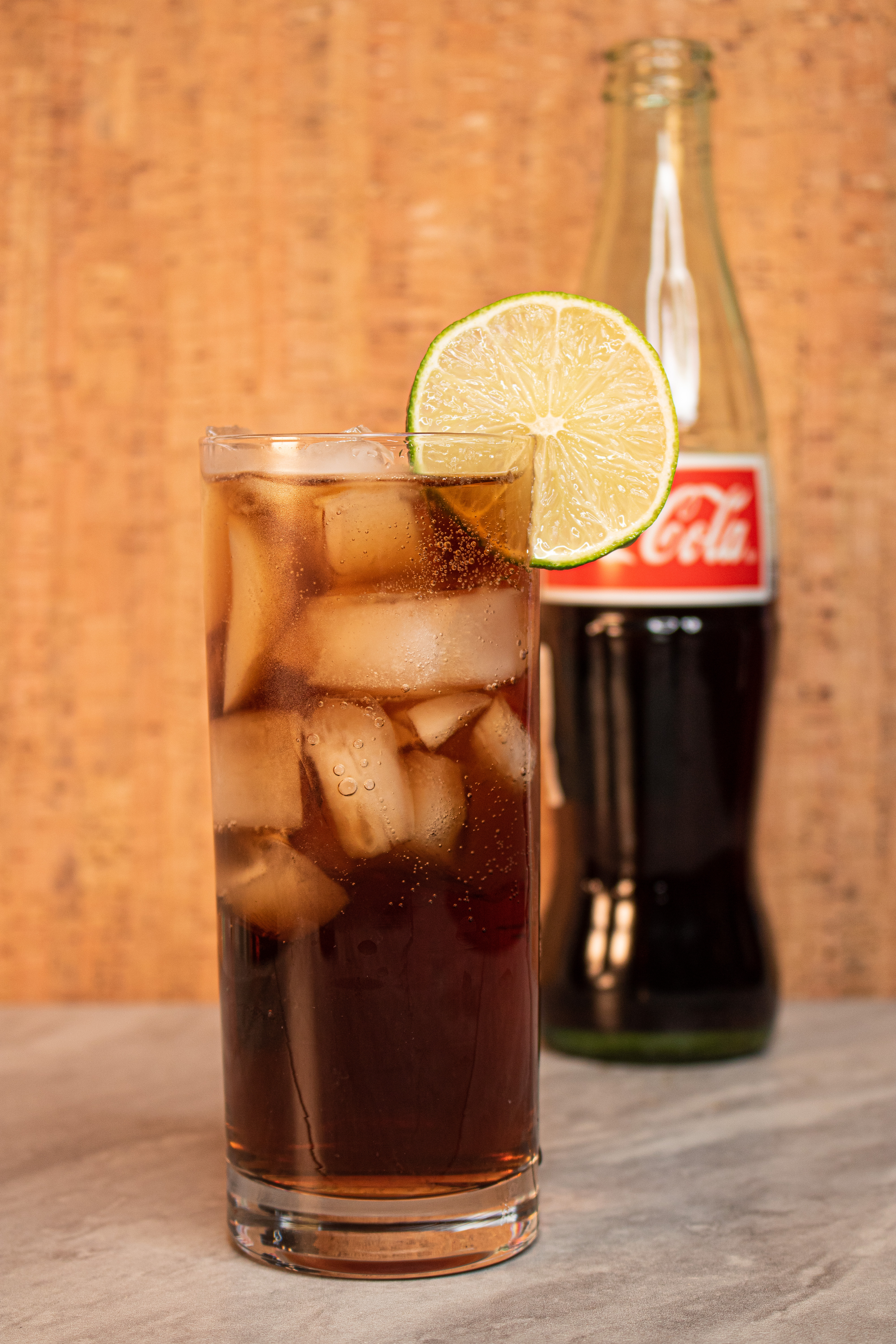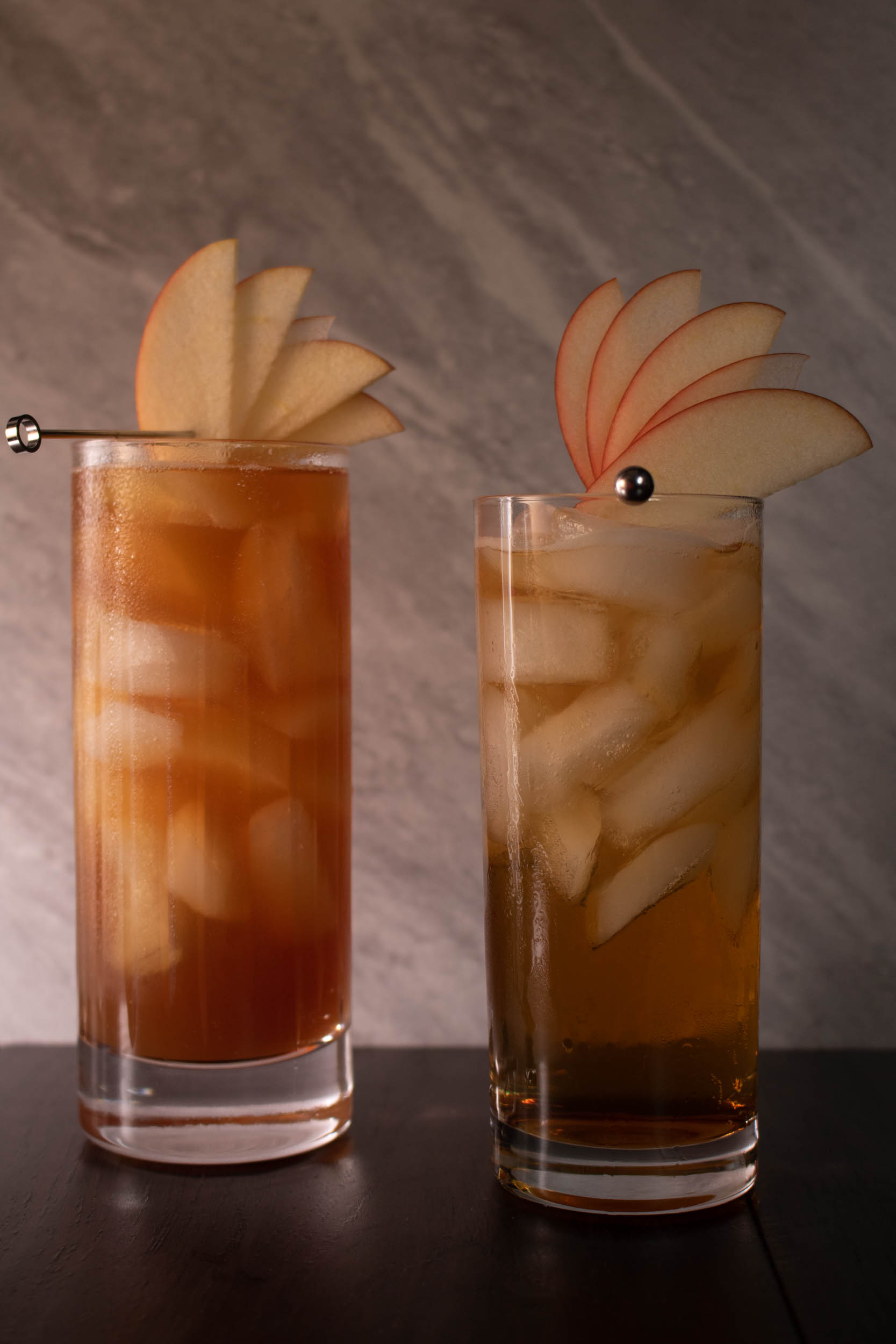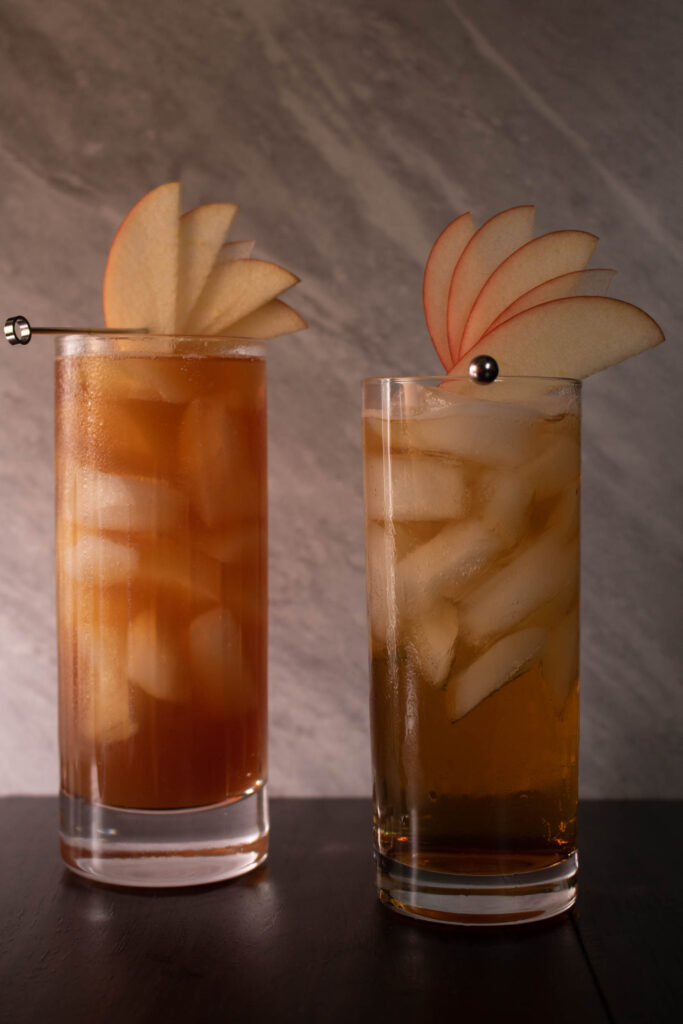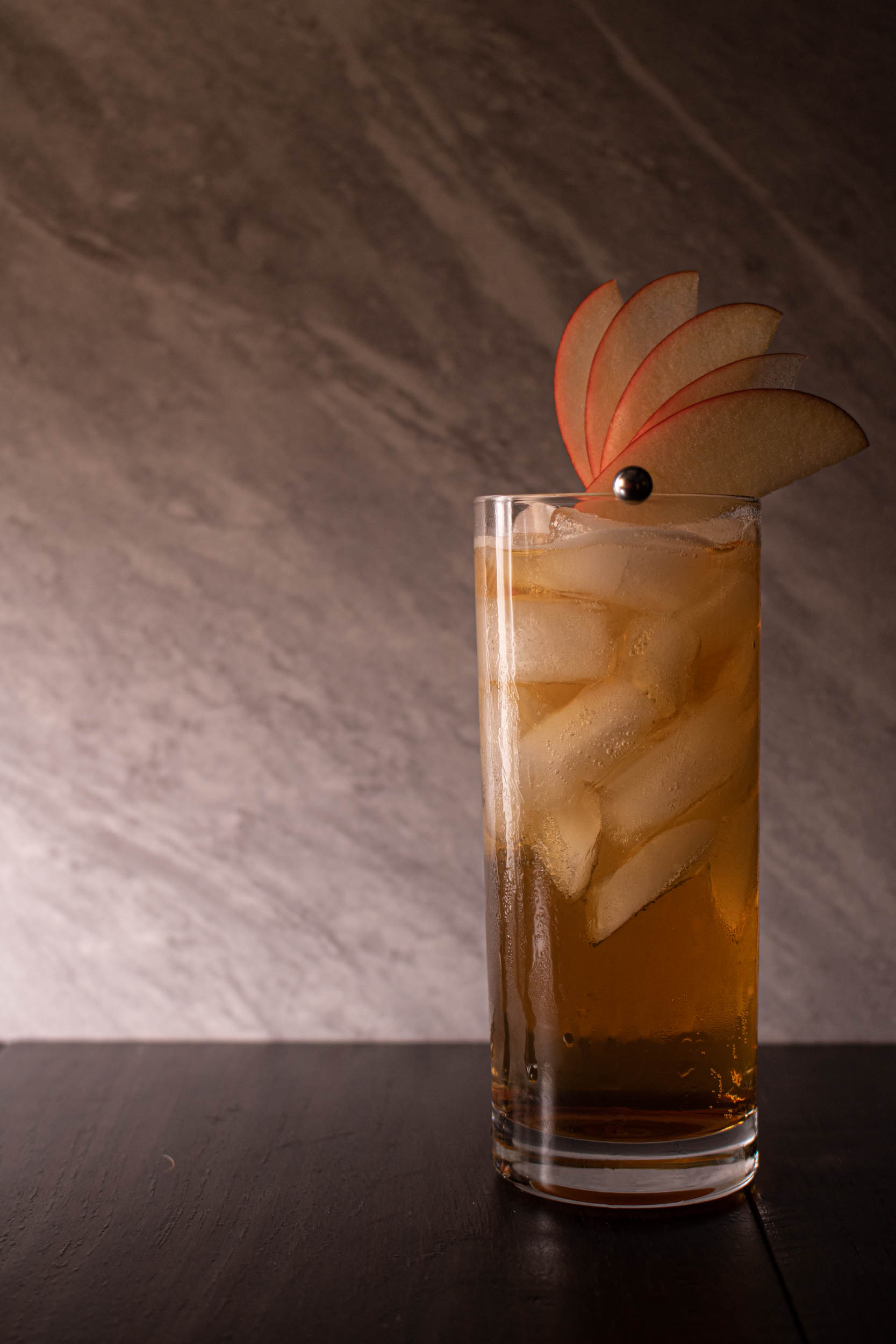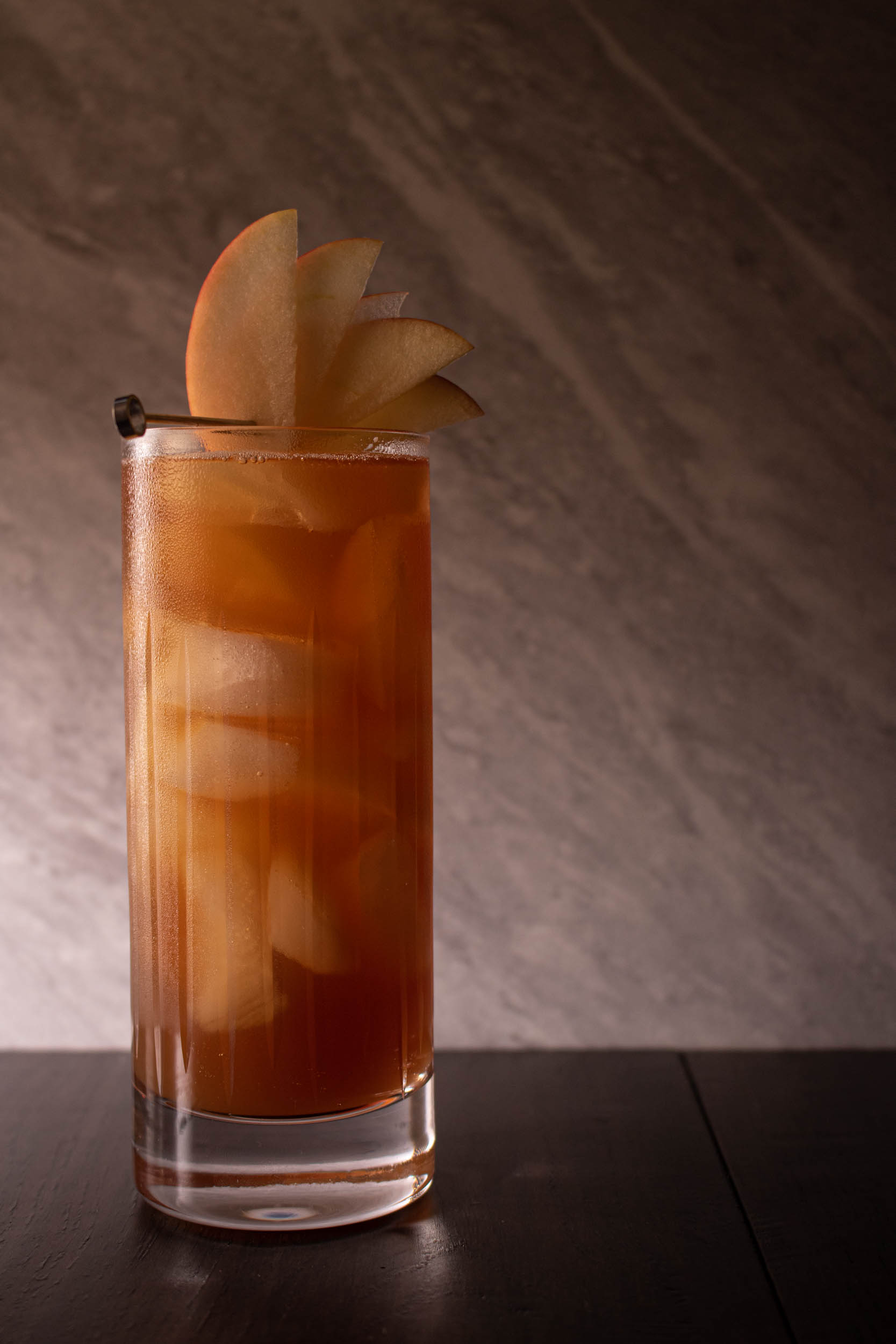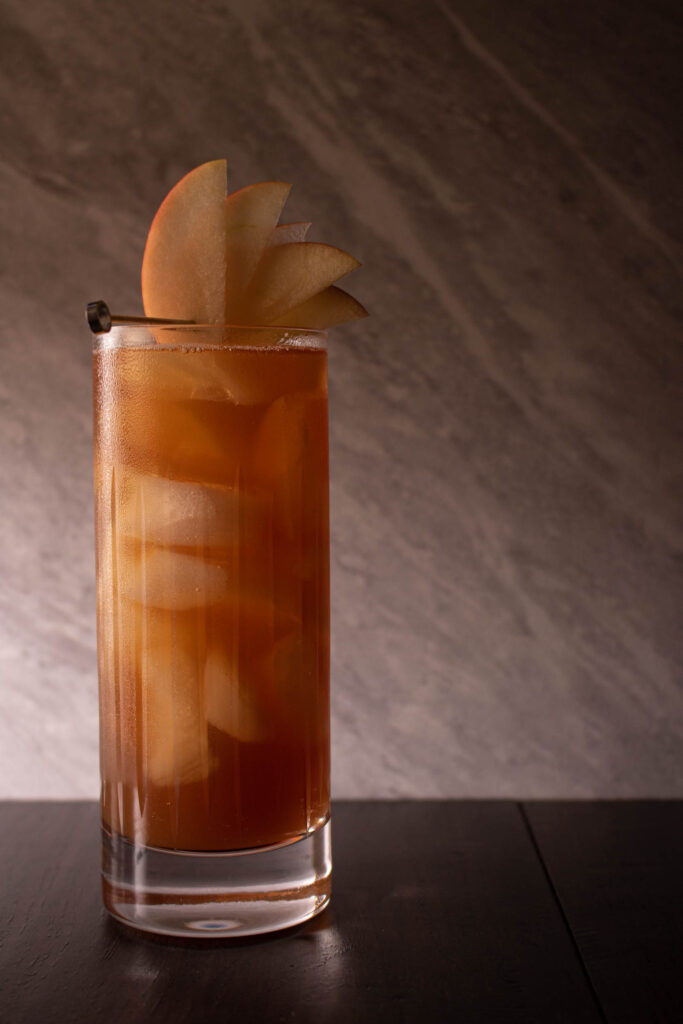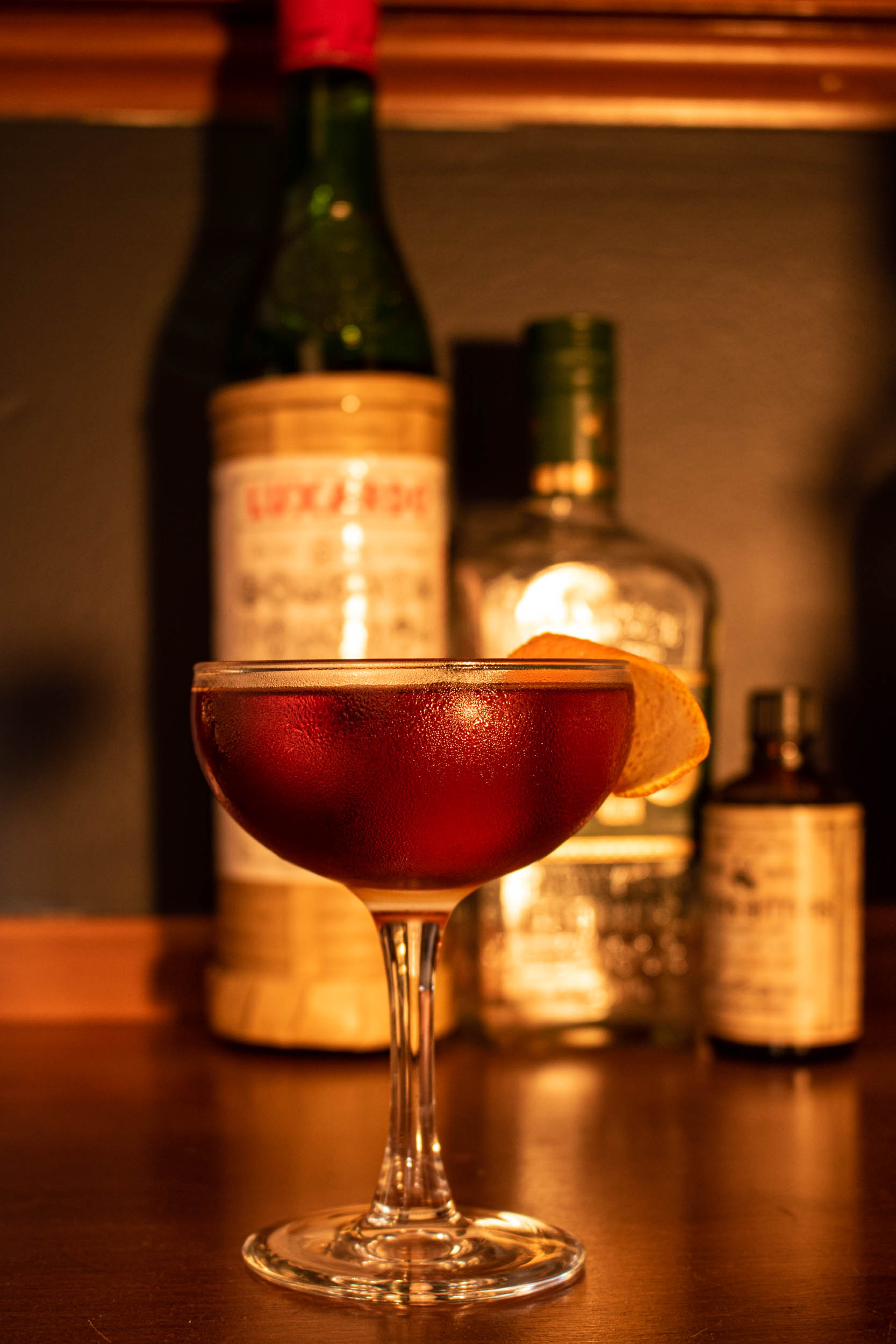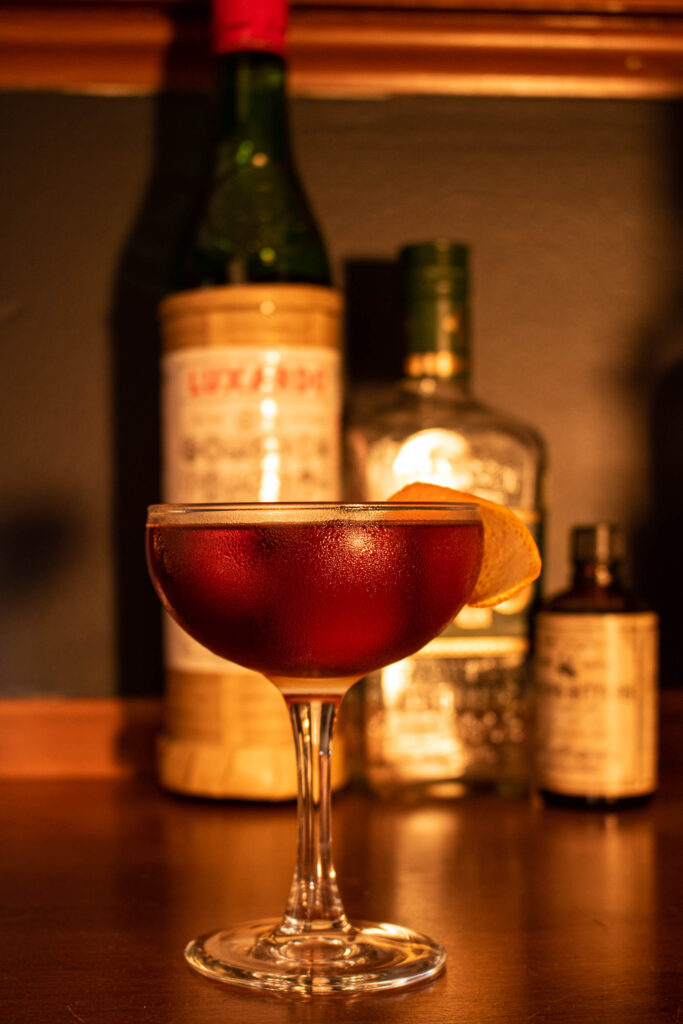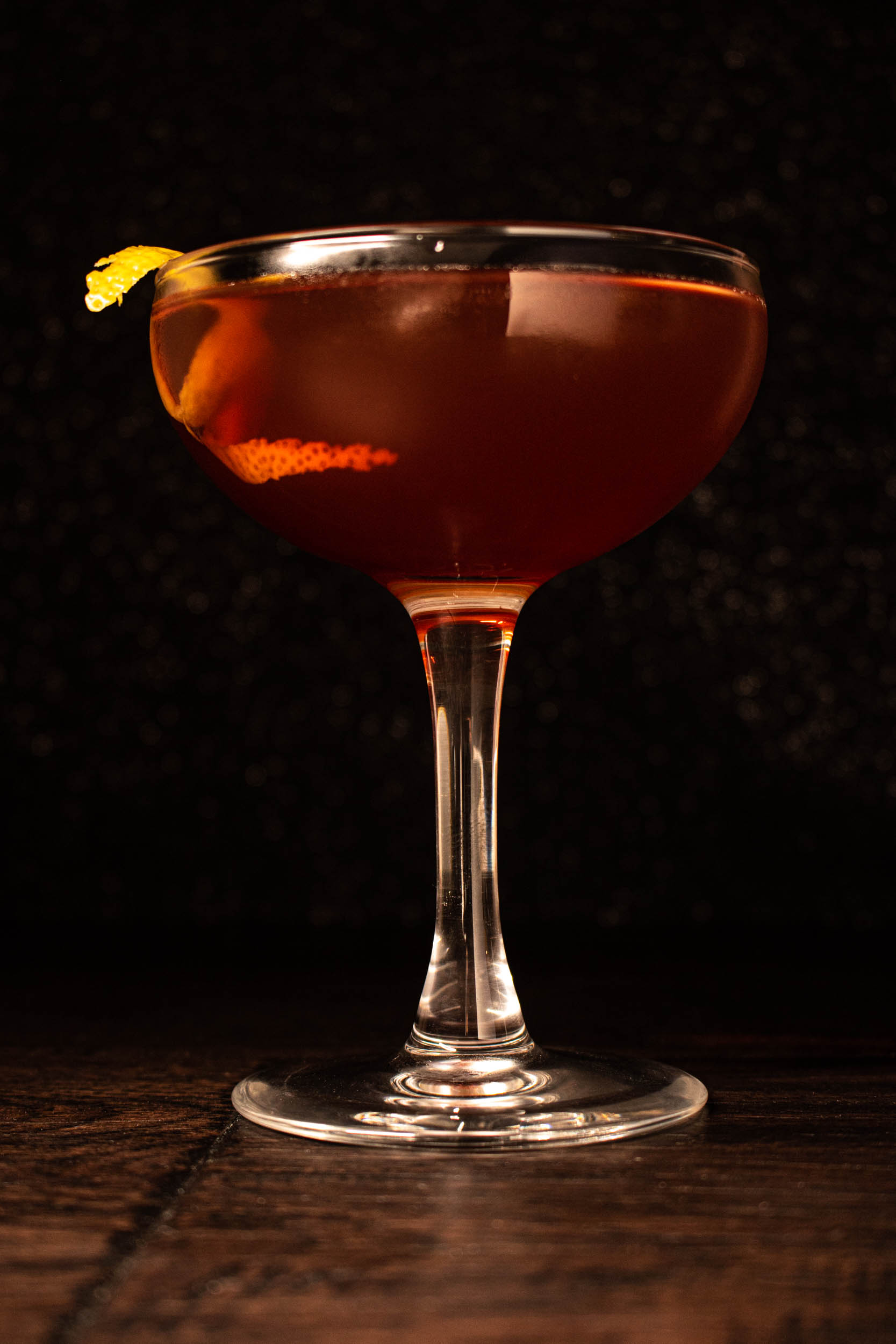
While the exact date of creation of the Hotel Nacional Special is subject to debate, the drink is created to Will P. Taylor, who created the drink at the Nacional bar in Cuba. He’s notable for also being the last manager of the Old Waldorf Astoria’s before prohibition. Among the credits that The Gentlemen’s Companion give him credit for are the Tropical Daiquiri and the Santiago de Cuba Mint Julep, both of which probably require a bit more explanation, but sound delicious. So how does this very close relative of the Daiquiri taste?
Hotel Nacional Special
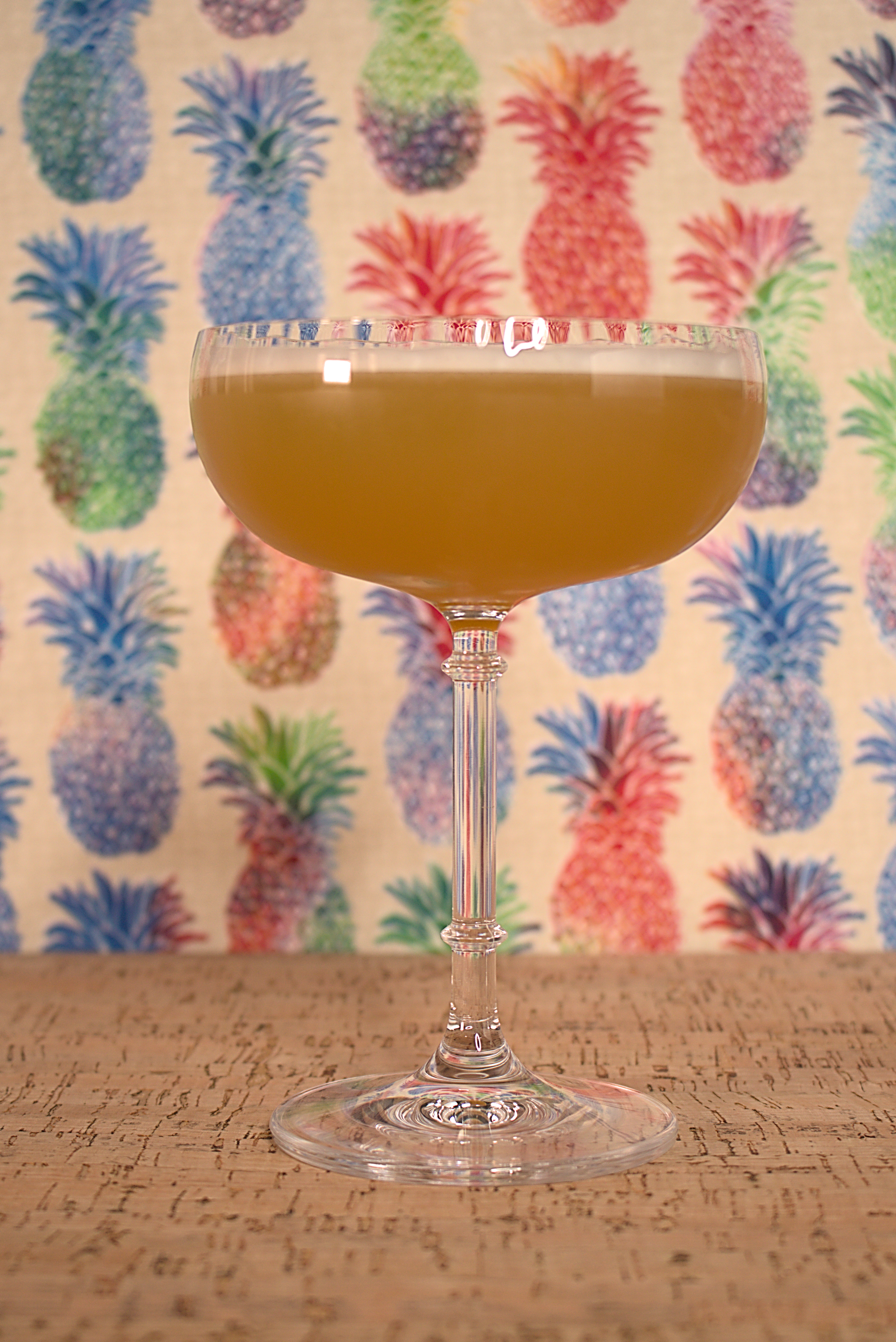
The Hotel Nacional Special does this amazing apricot – pineapple daiquiri riff that celebrates the brightness of the fruit while giving the rum the room to the do the heavy background notes. The result is a drink that balances caramelized grilled fruit notes with hints of ester and molasses with bright fresh fruit flavors. The subtle preserved apricot note adds a great background note here that gives just enough mystique that you want to keep sipping it. Overall, this one feels like it can span the seasons while being refreshing.
Drink Notes & Recommendations
Depending on who you attribute the original publication of this drink to, you get some fairly considerable variation. In Bar La Florida Cocktails, the recipe doesn’t actually contain simple or lime. In other recipes, the second volume of the Gentleman’s Companion, the lime is included, but the simple is omitted. While we recommend you try omitting the simple if you find it sweet, we think the use of both lime and simple offer the most well rounded interpretation of the Hotel Nacional Special.
- Rum – The original recipe in the Gentleman’s Companion calls out pre-prohibition Carta de Oro Bacardi, which is an aged rum. We recommend not using Bacardi Gold, but instead using something aged like Bacardi 8 or Doorly’s X.O.
- Apricot Liqueur – We used Giffard’s Abricot du Roussillon here and highly recommend it. If you can’t find it, Marie Brizzard’s Apry might be a good substitute (but turn down the simple)
- Pineapple Juice – Our default standard is Dole’s small cans. They’re cheaper so you can use them without throwing out a lot of pineapple juice. Amazon will sell you this enormous quantity*, but you can likely find them cheaper in your local grocery.
- Lime Juice – For best results, use fresh squeezed.
- Simple Syrup – We used a traditional 1:1 water to sugar simple.
* – This link is an affiliate link which may result in us getting a partial commission from the sale. In 2022 we made $13.34 from affiliate links and made $1.36 so far in 2023, while we’ve spent well over $200 on just webhosting. Help us keep the lights on if you like our content, and please use our links!
